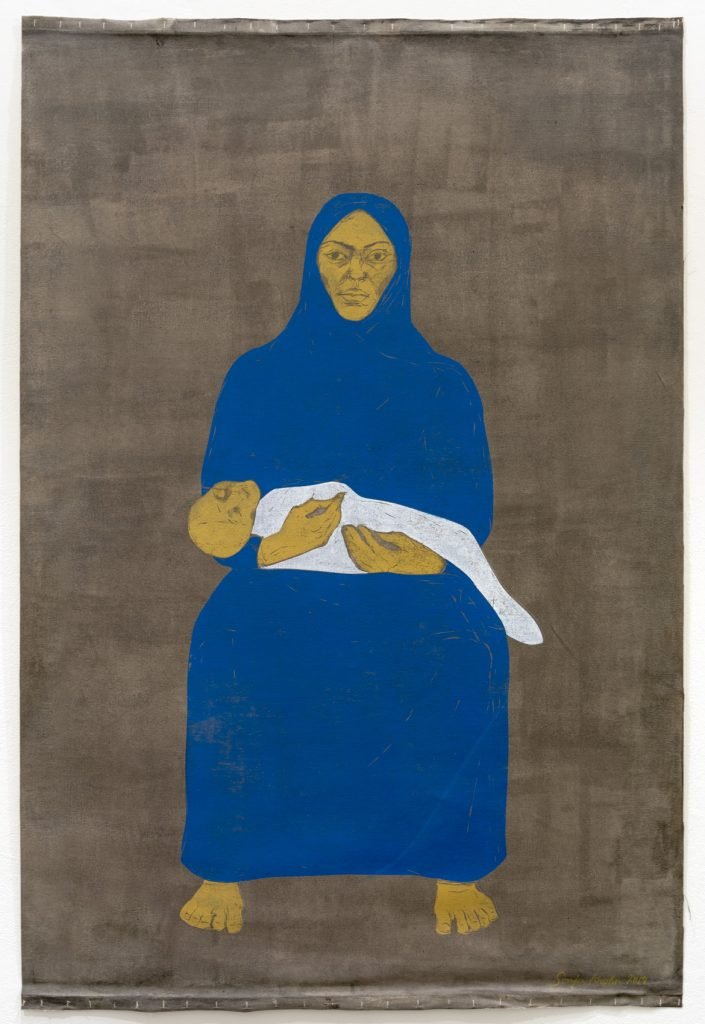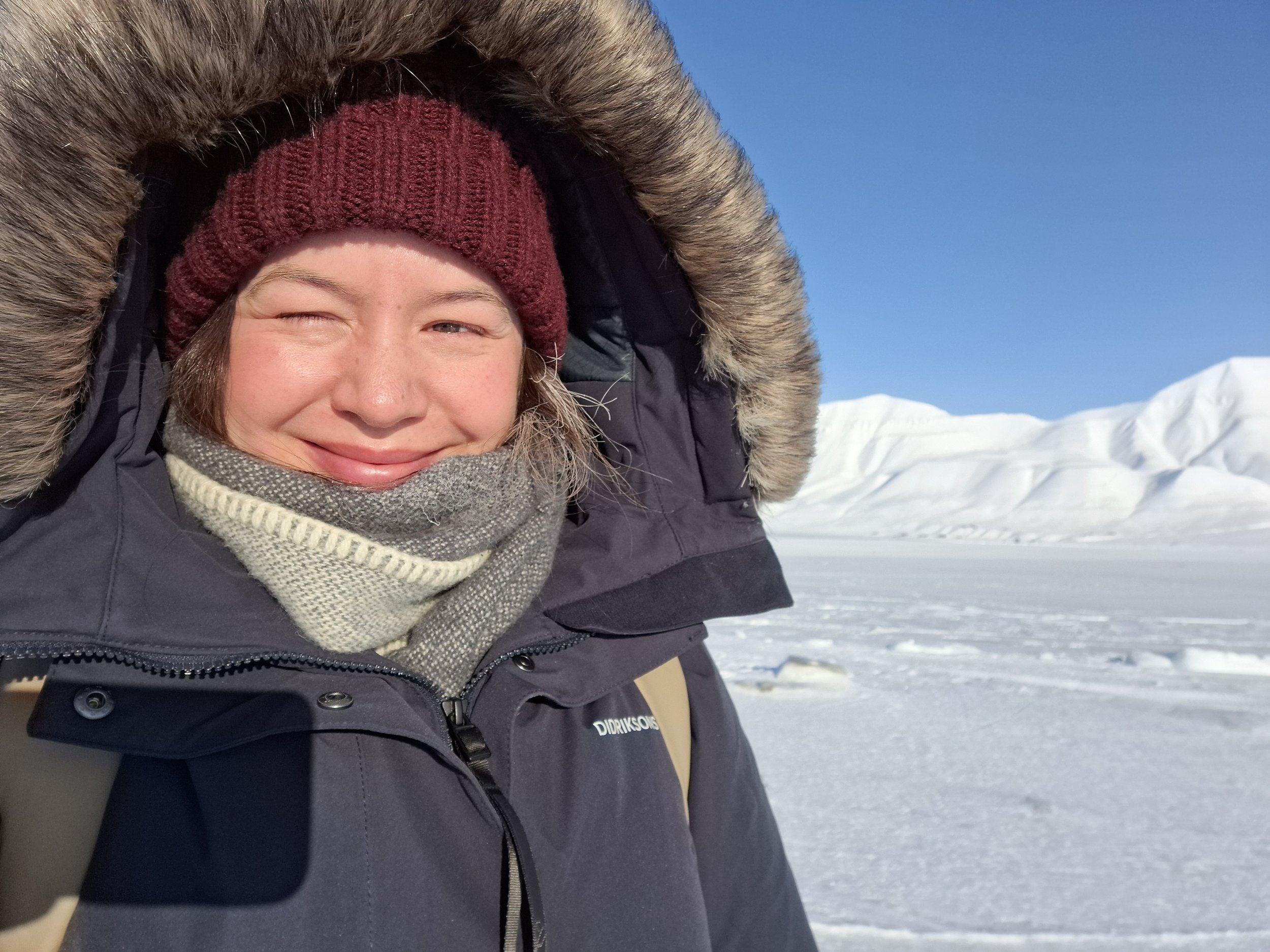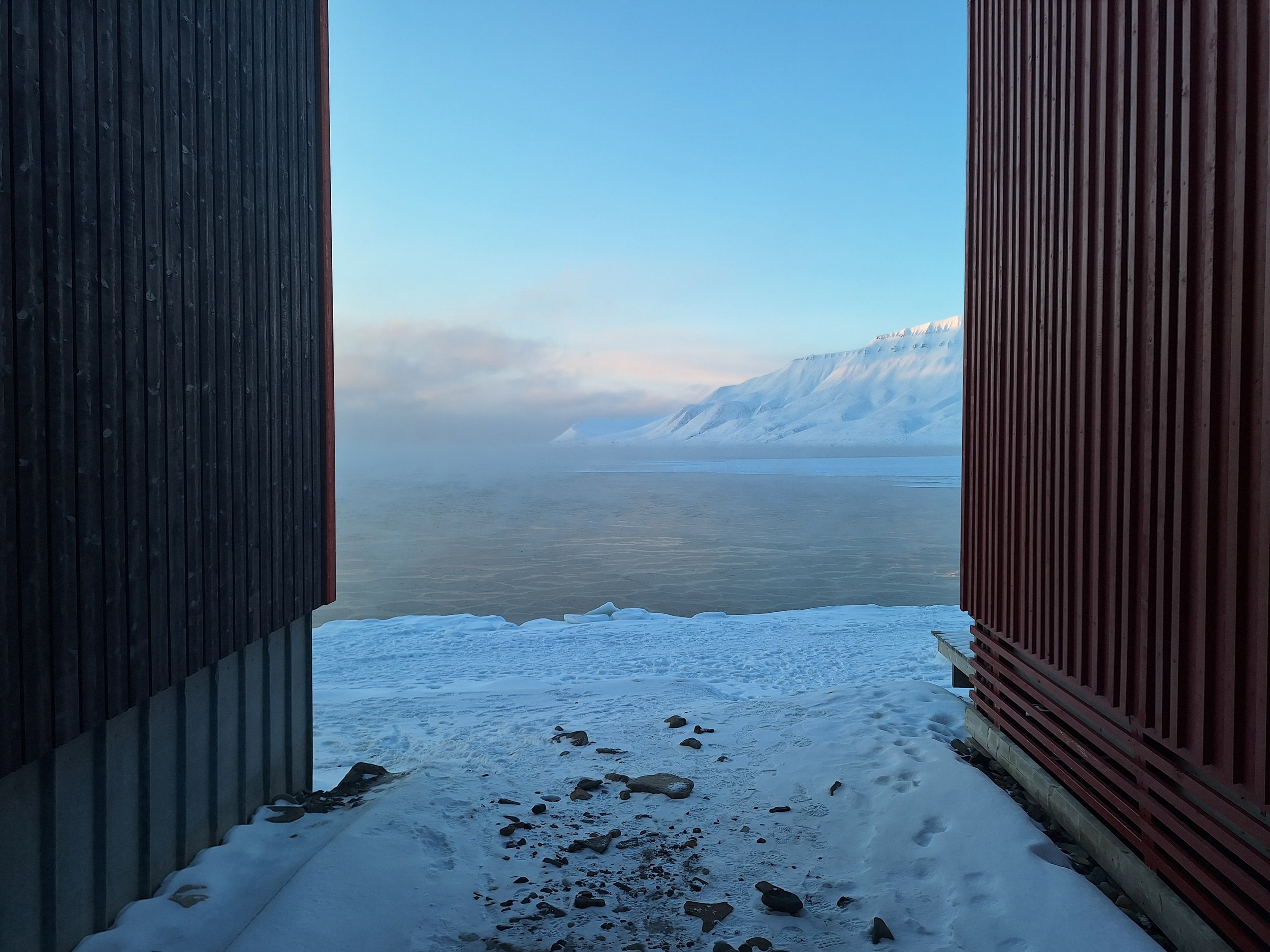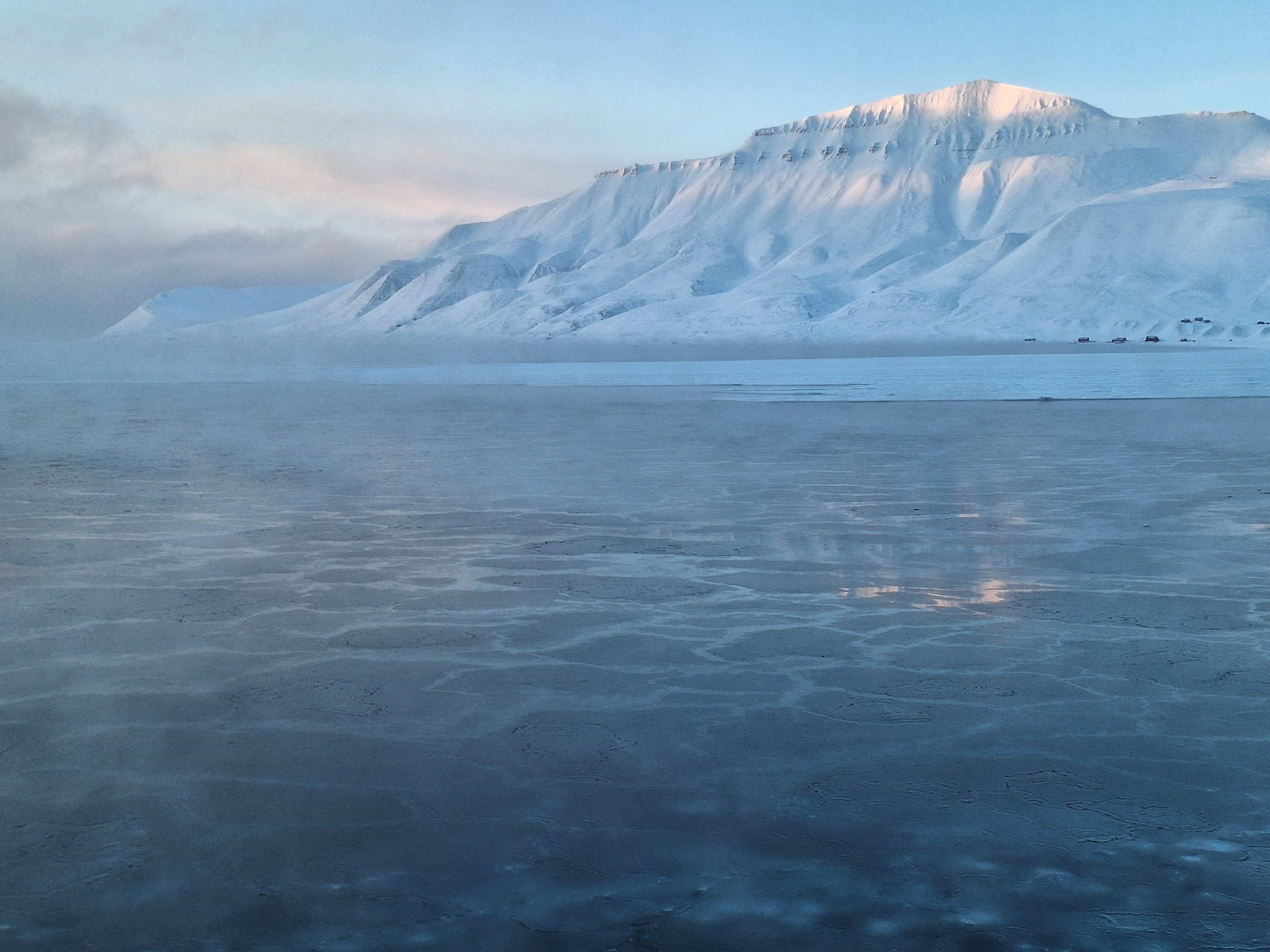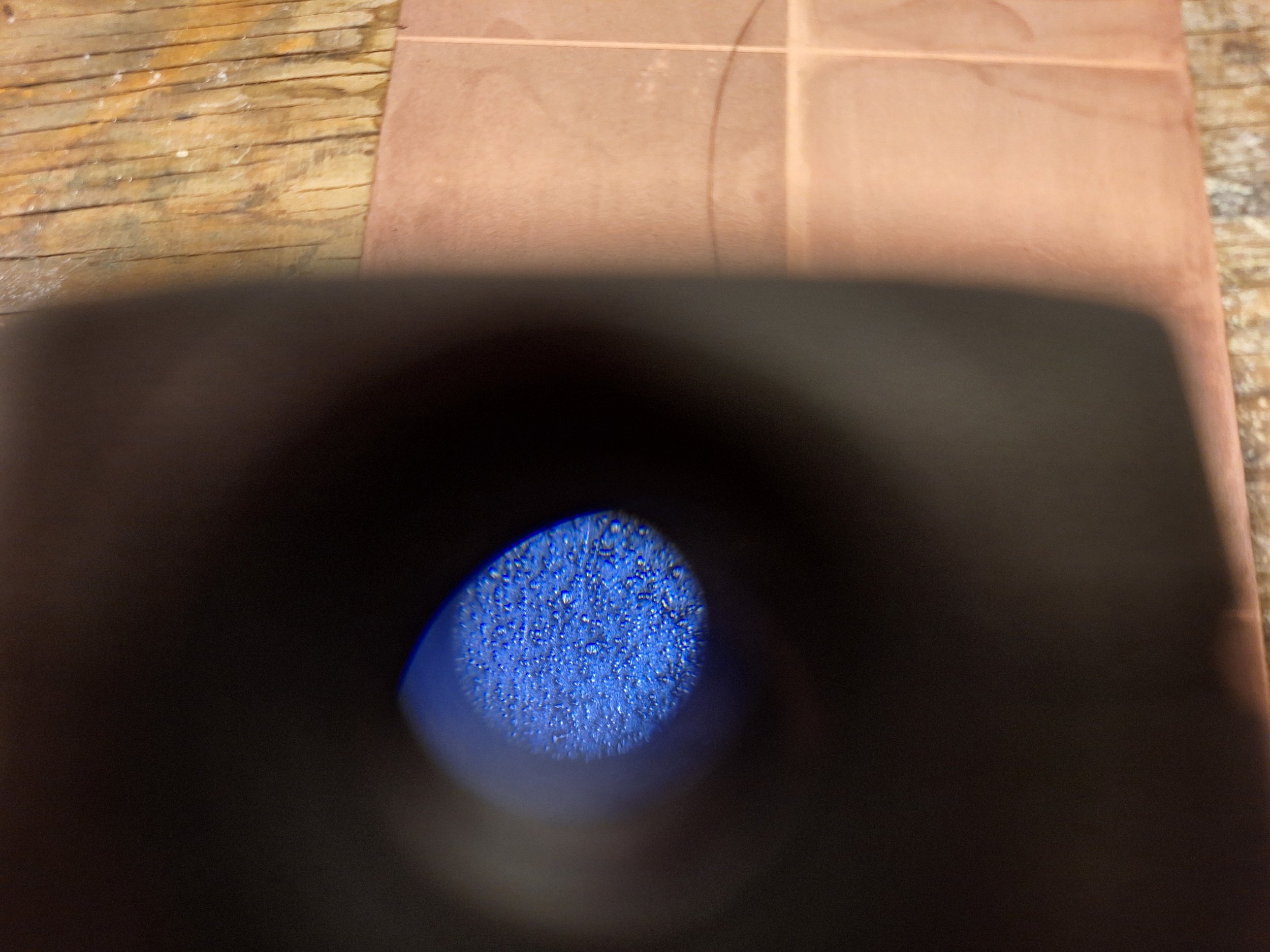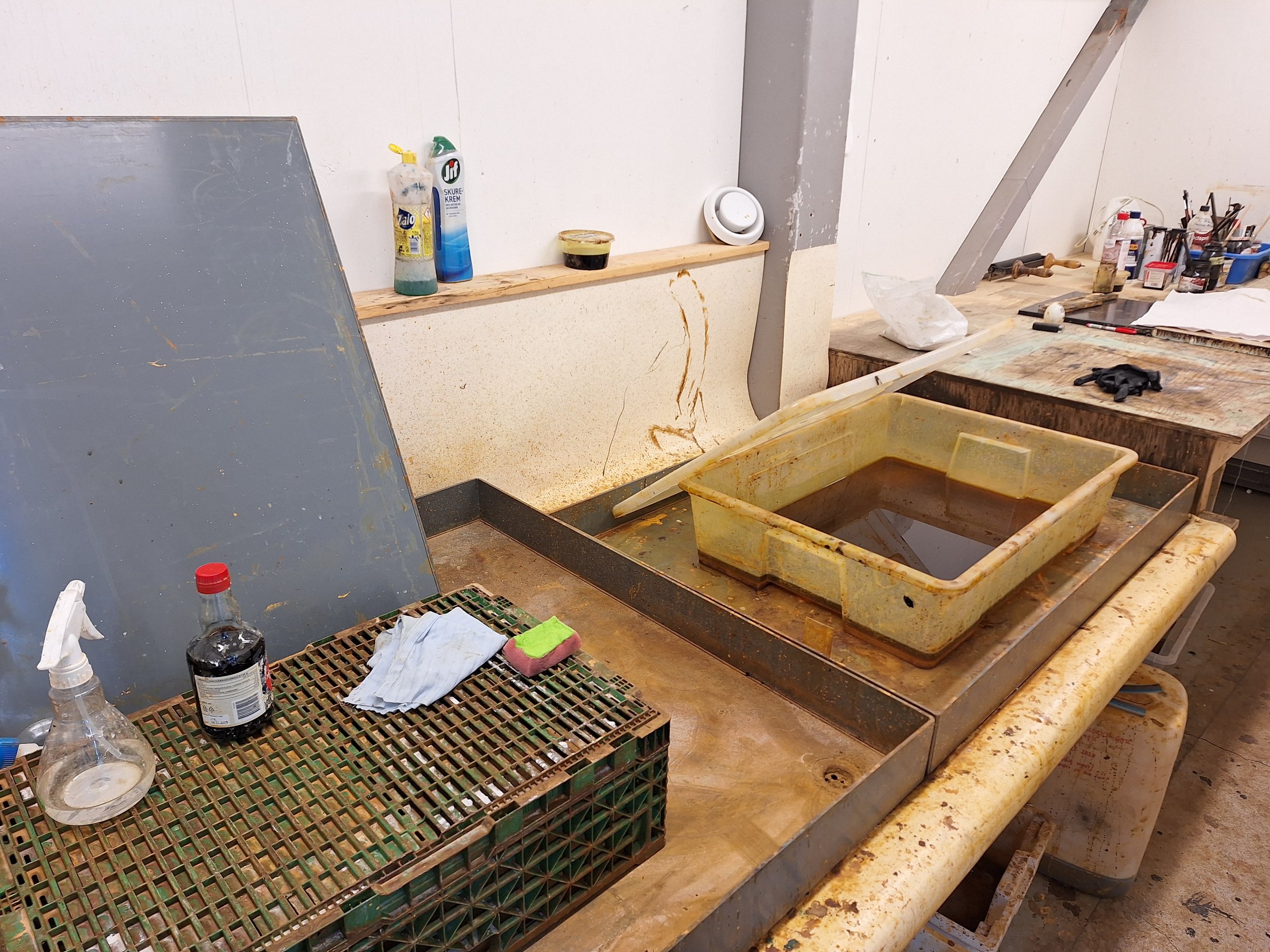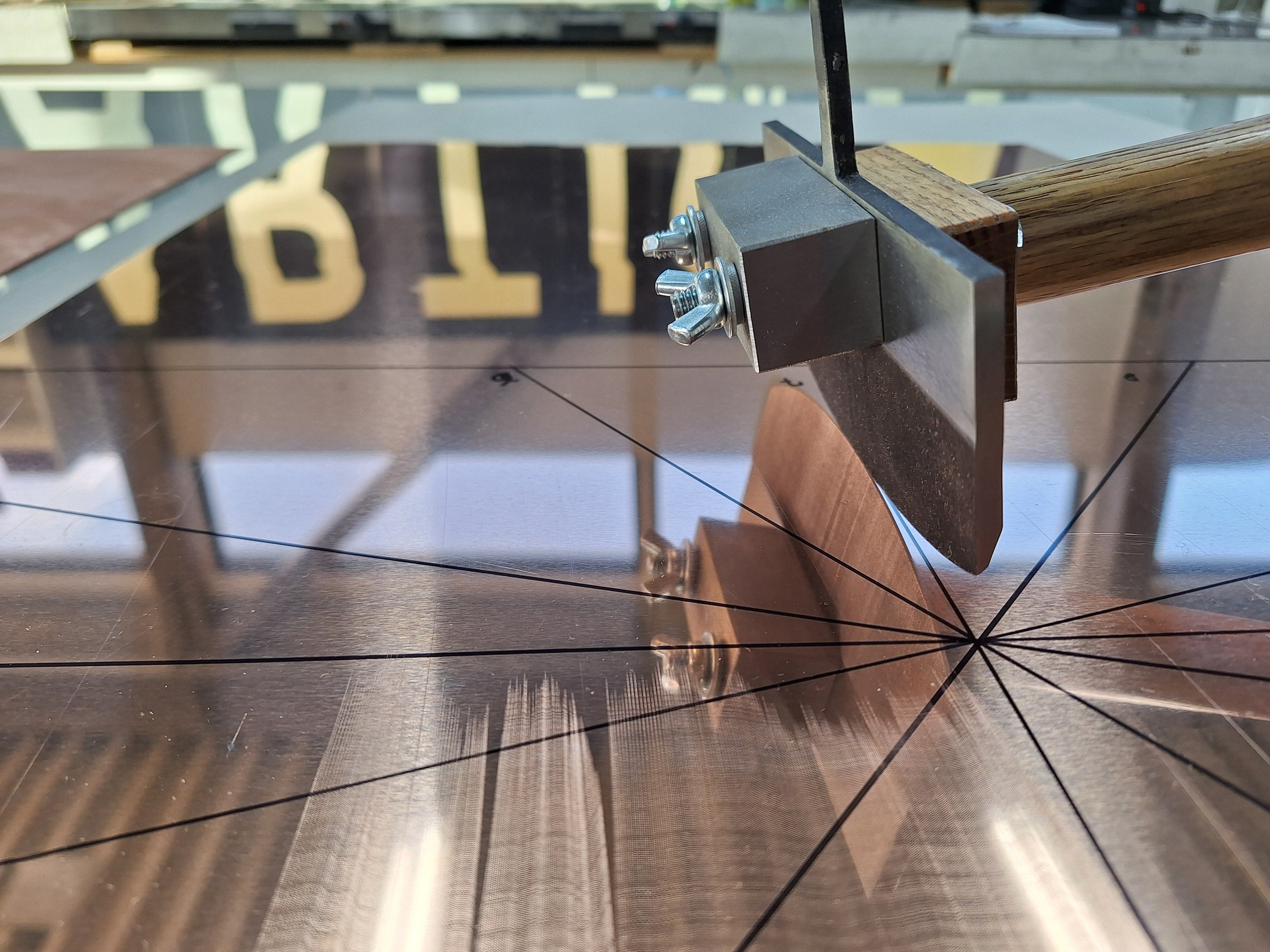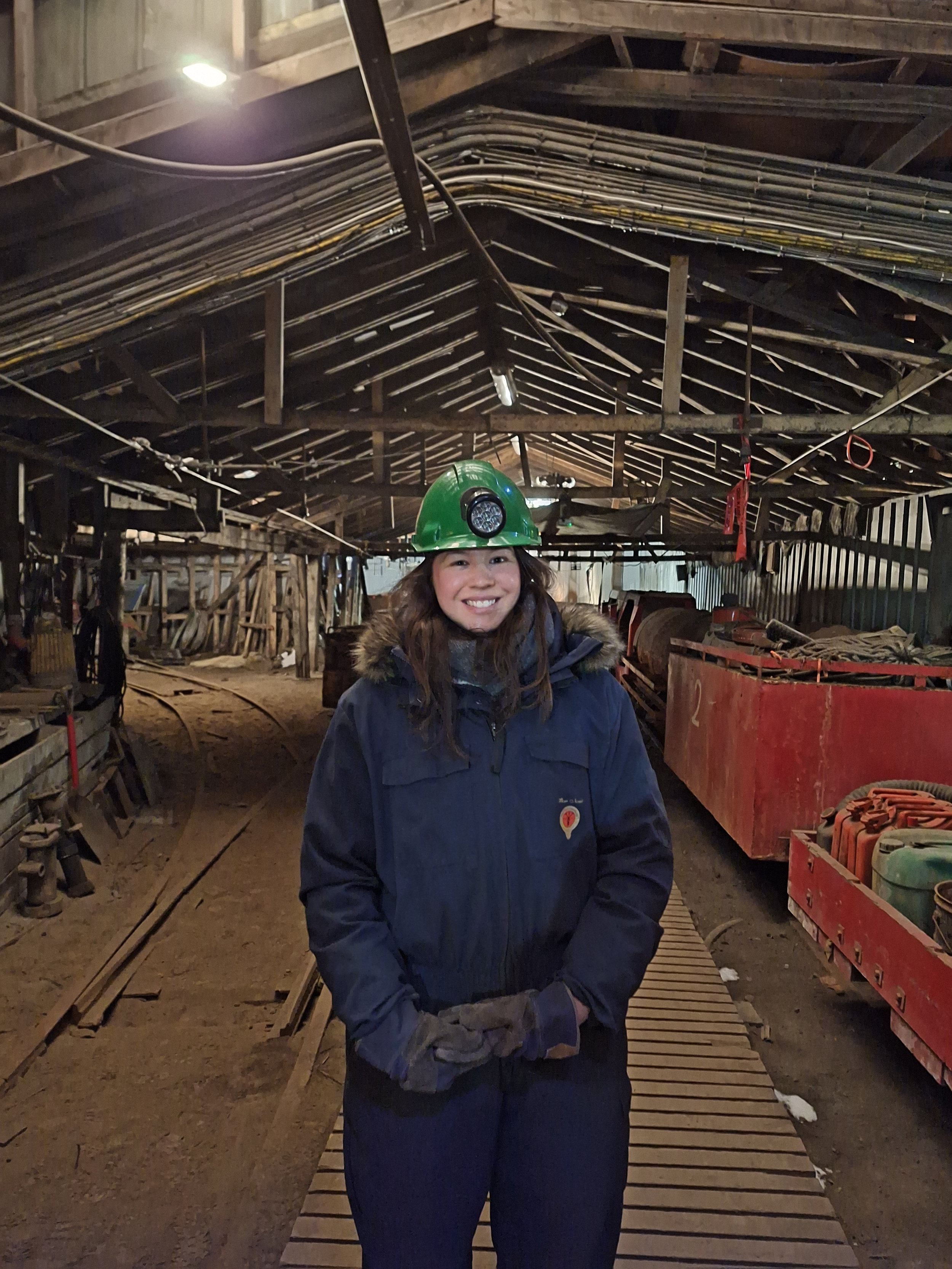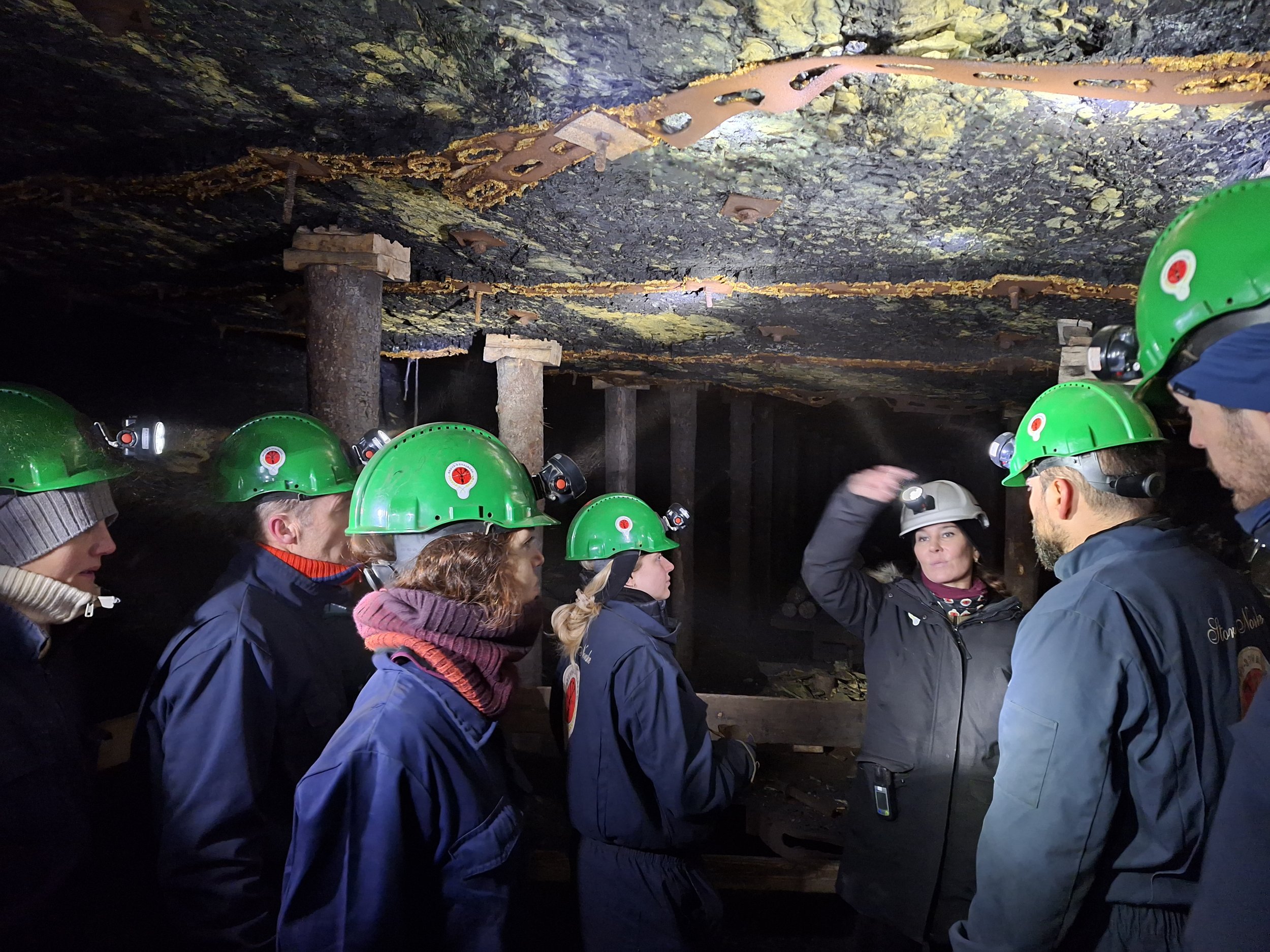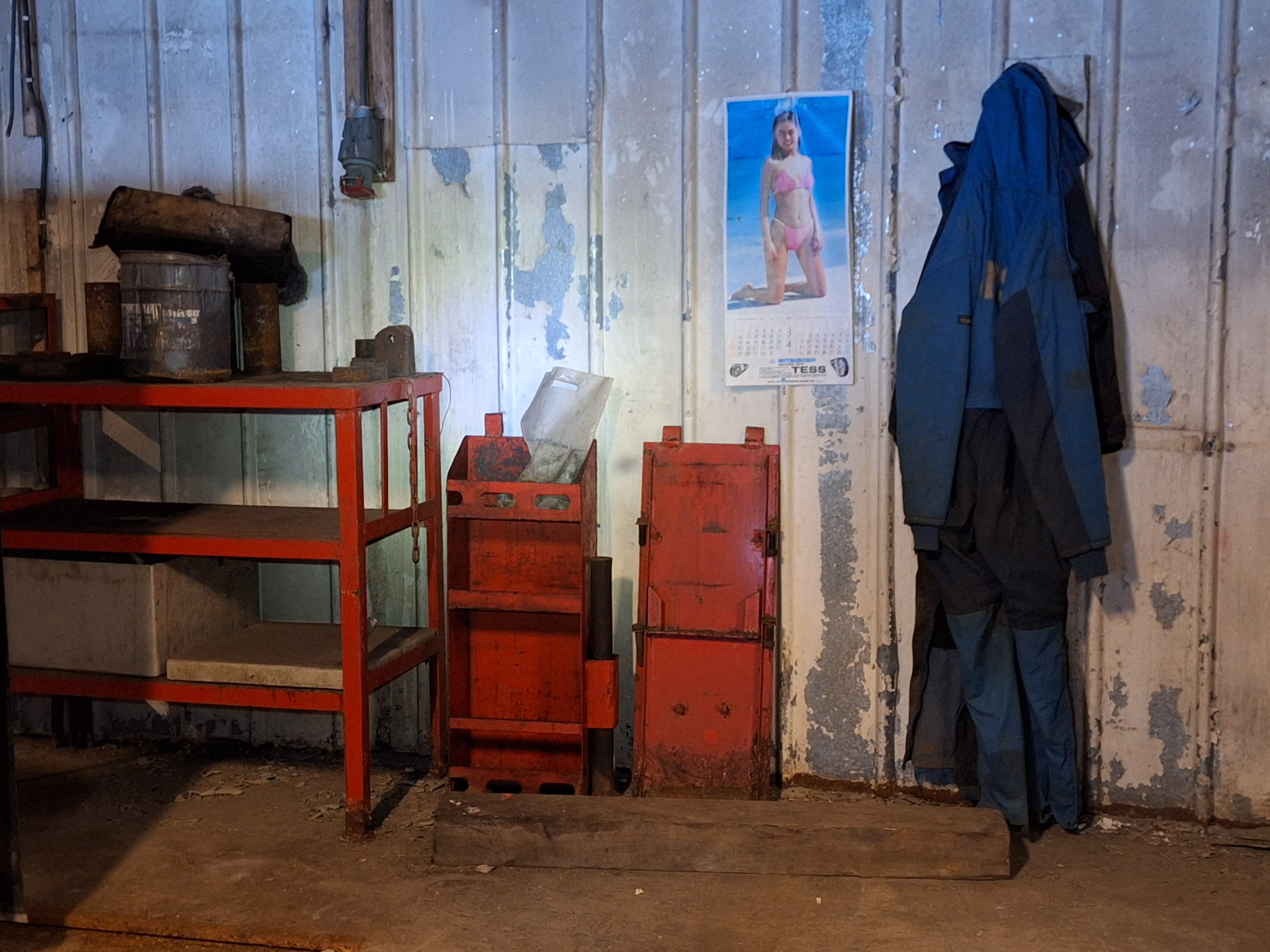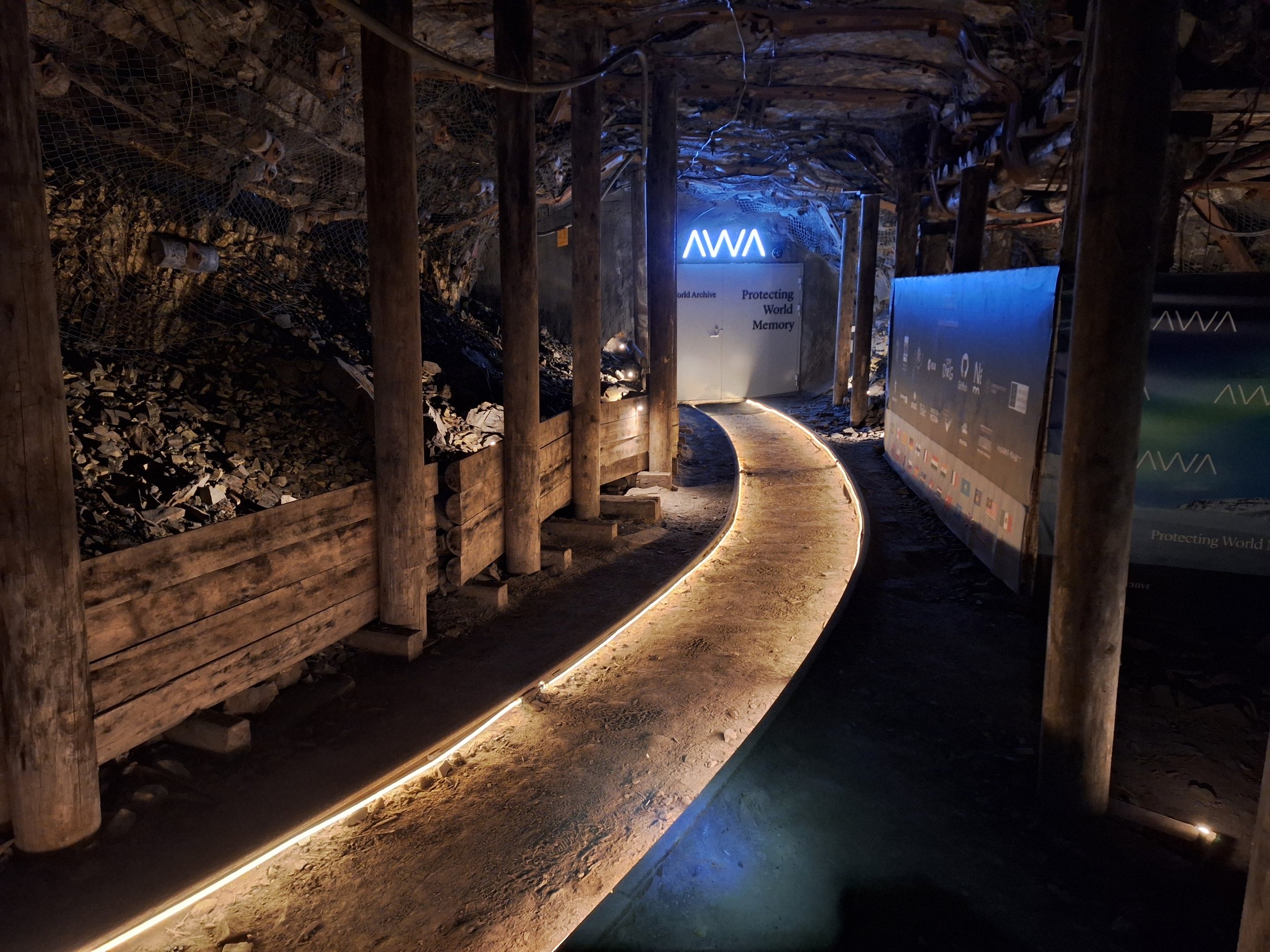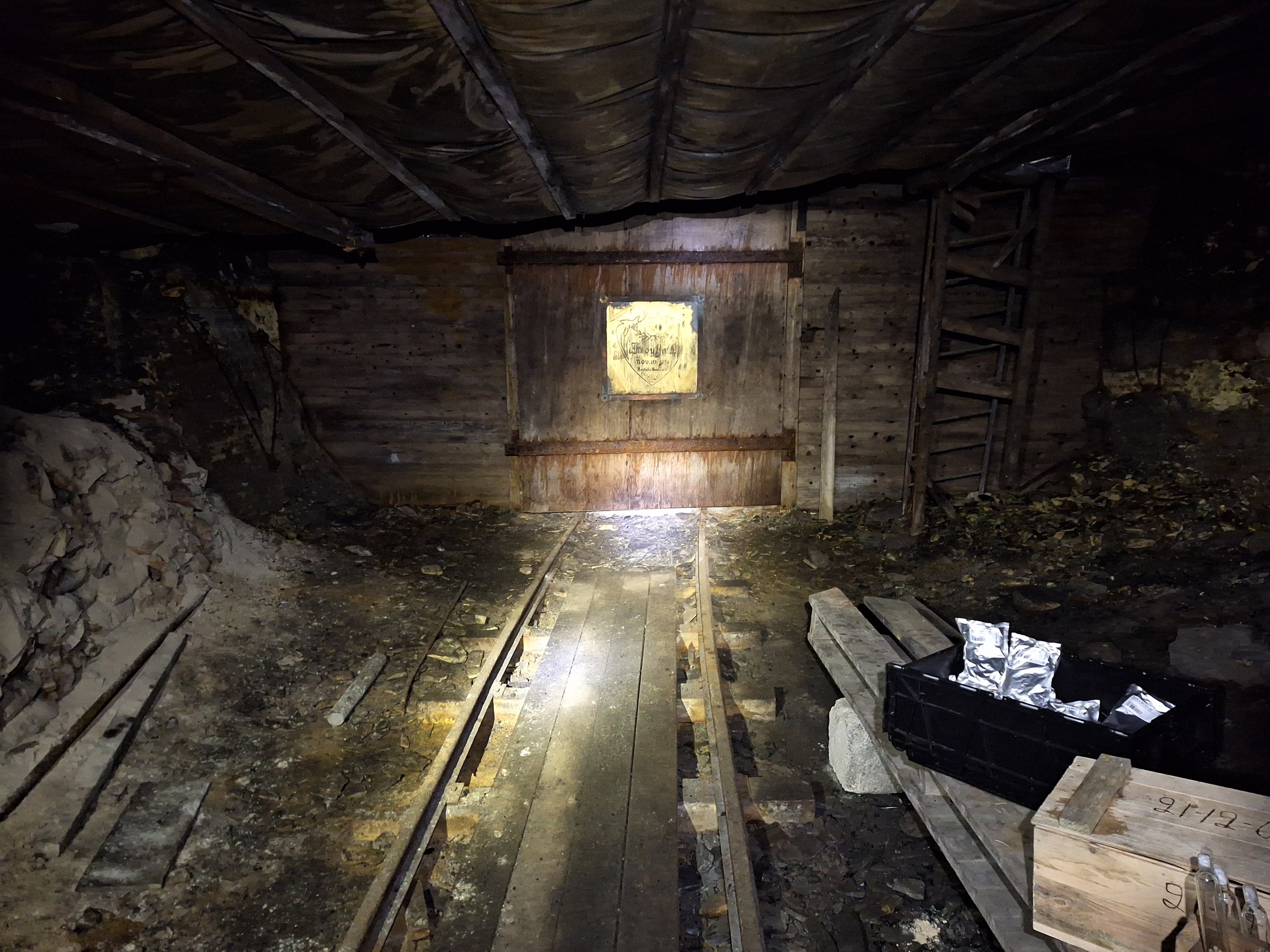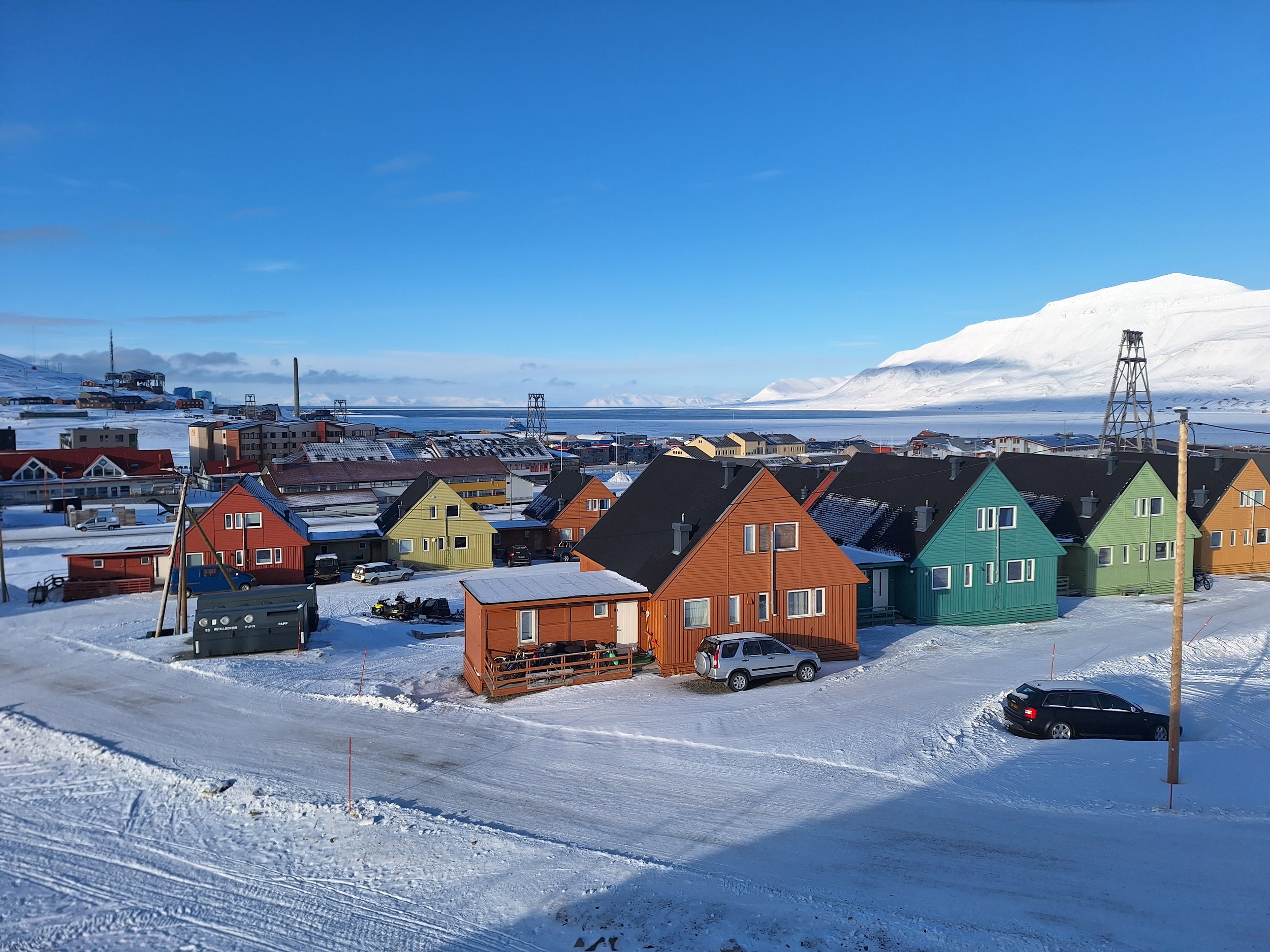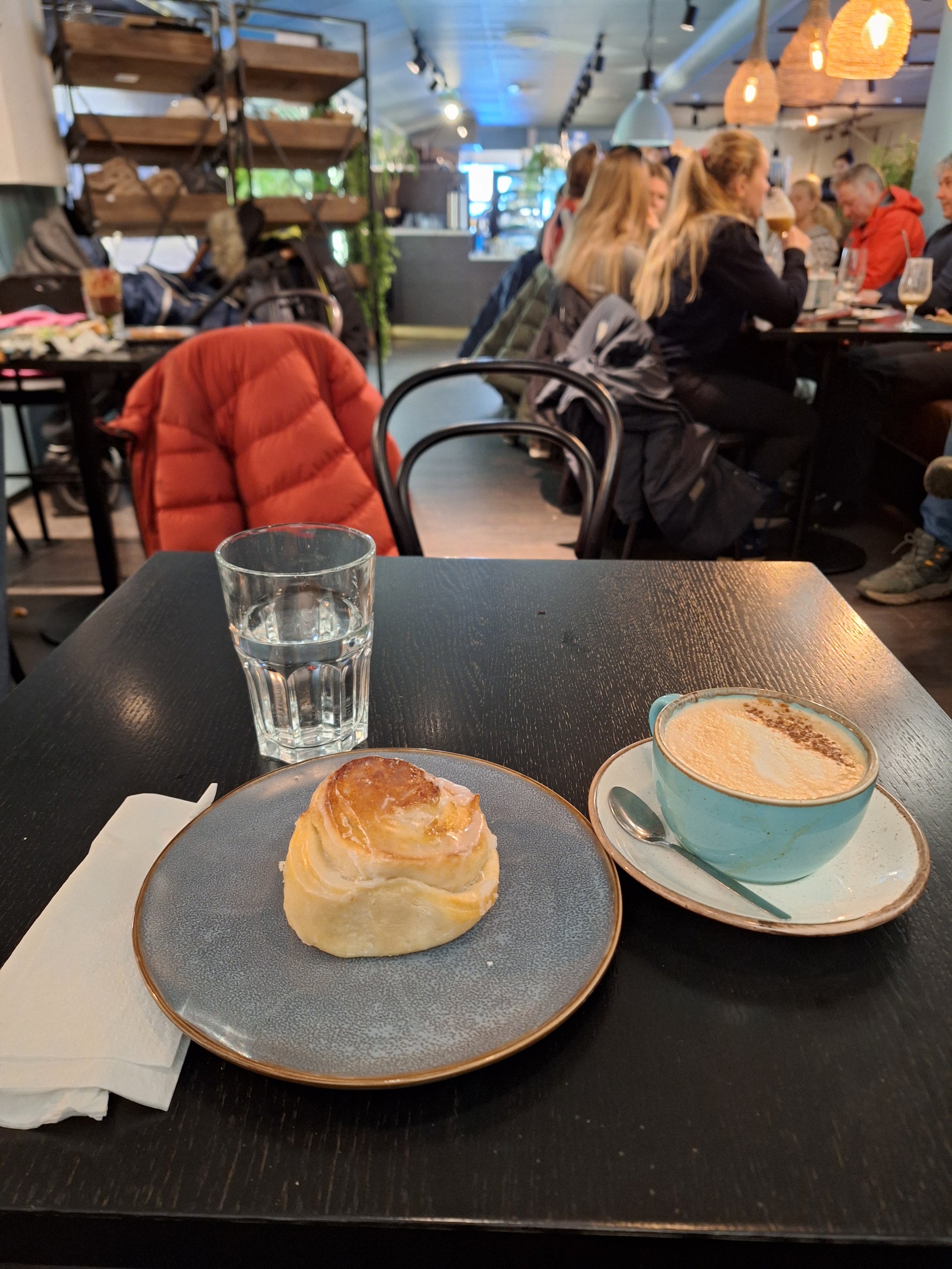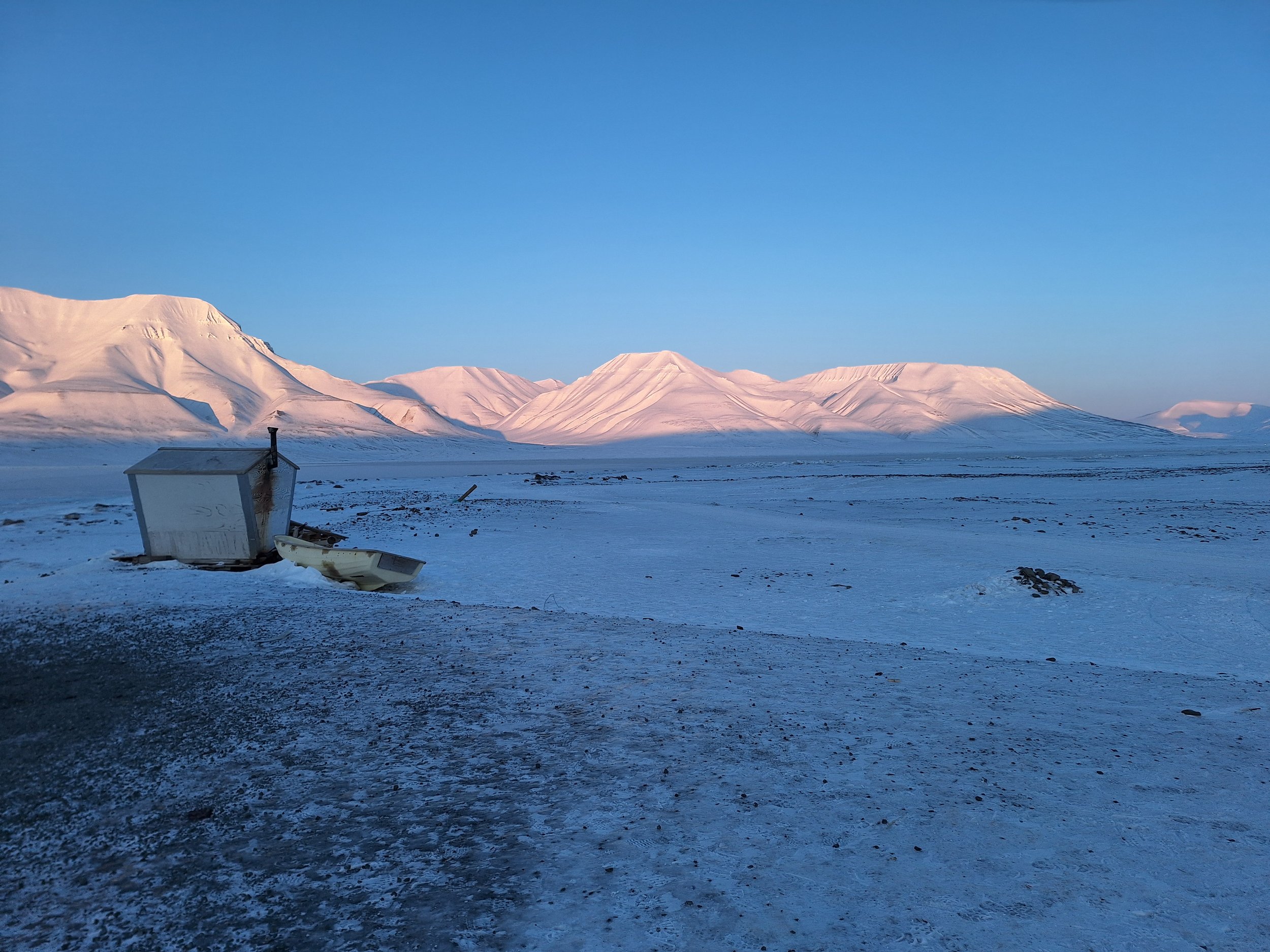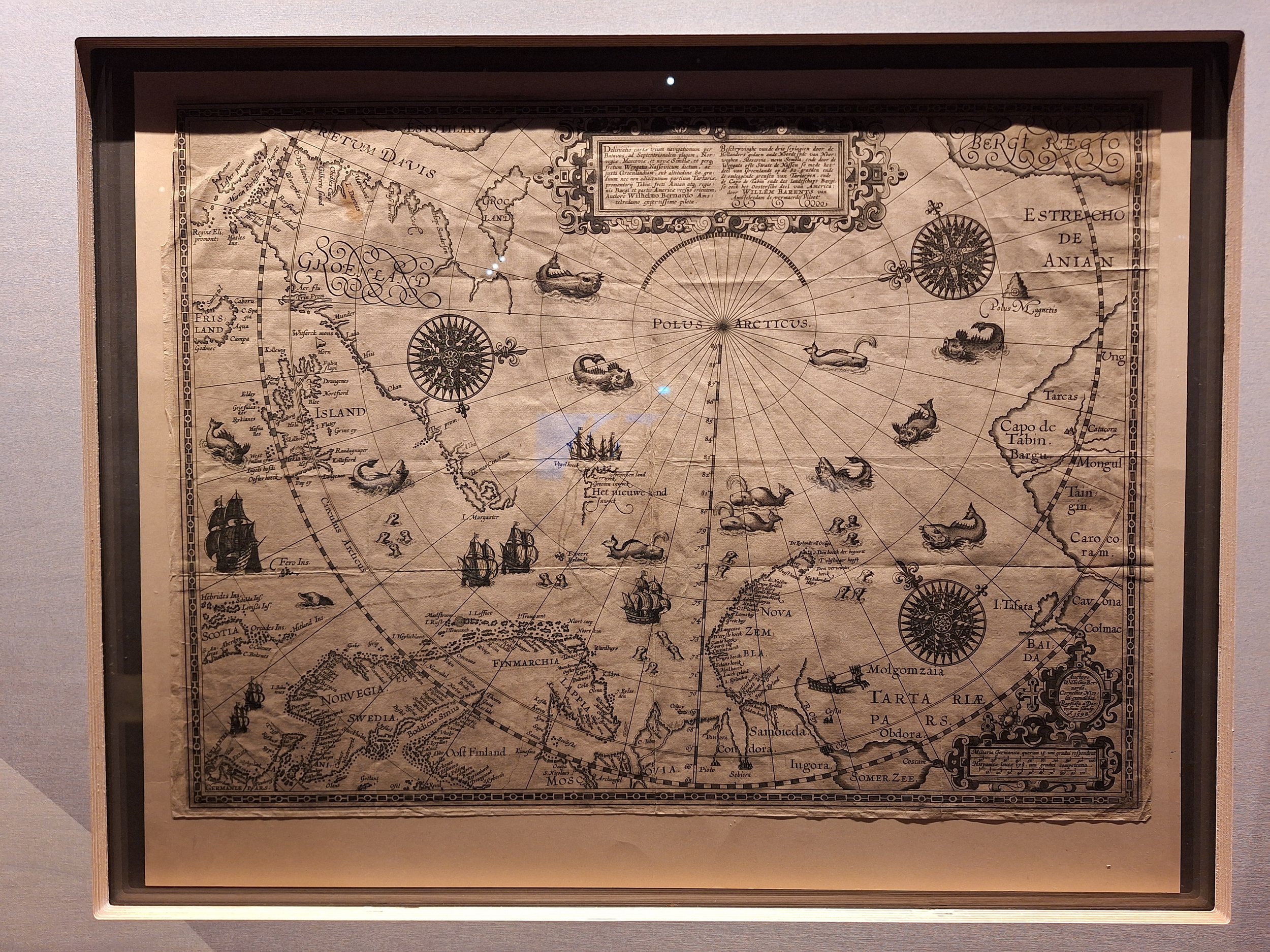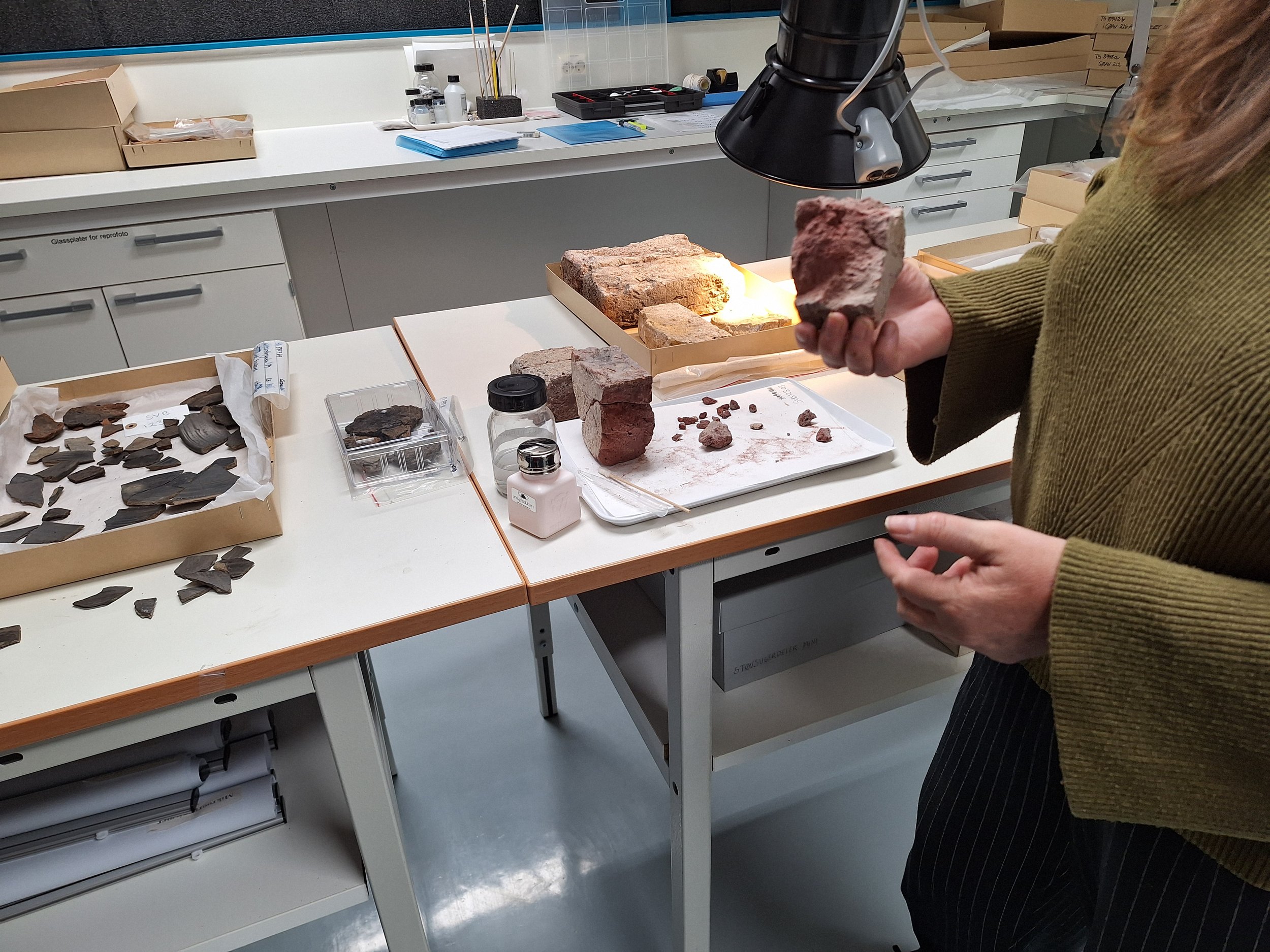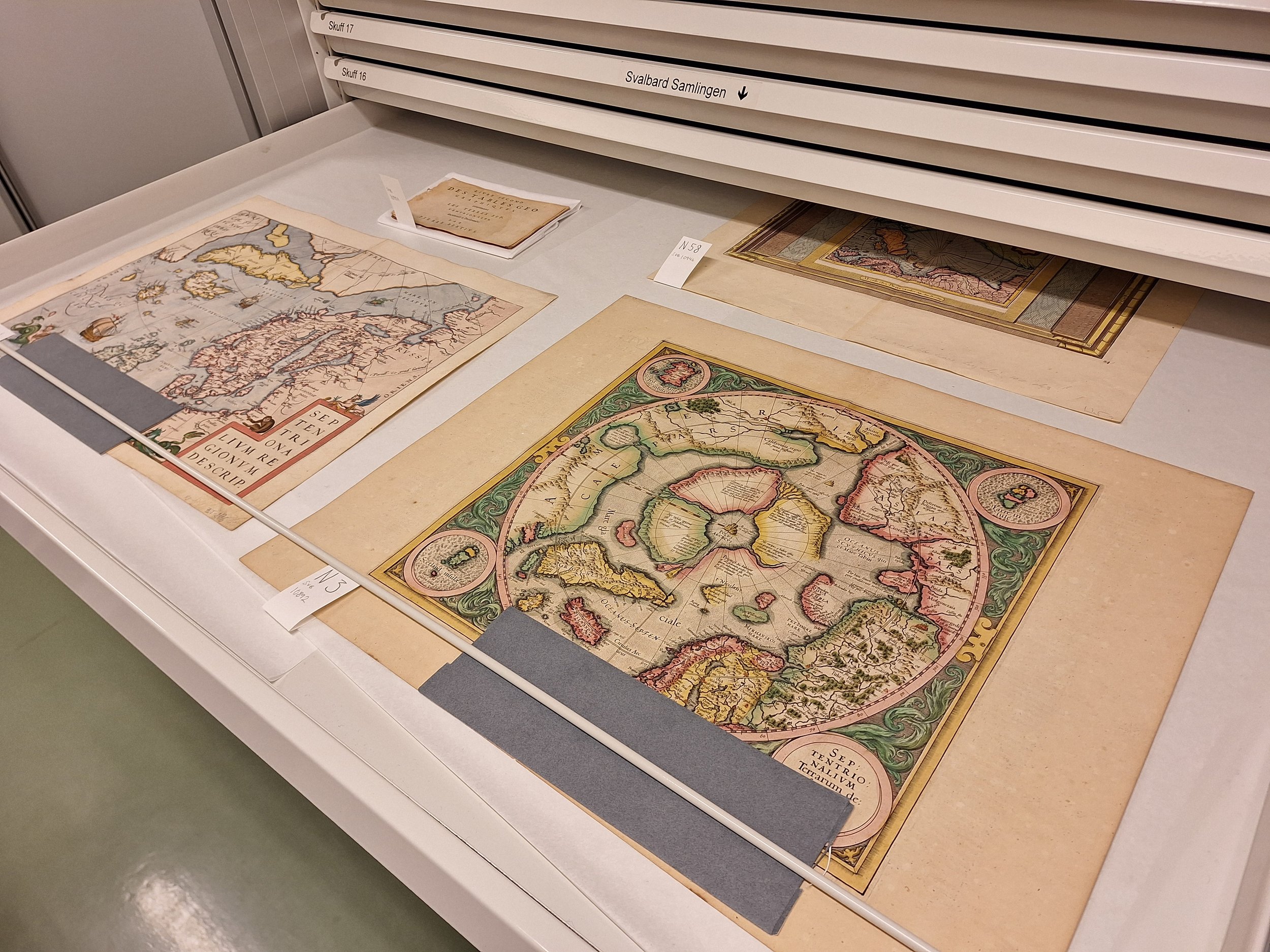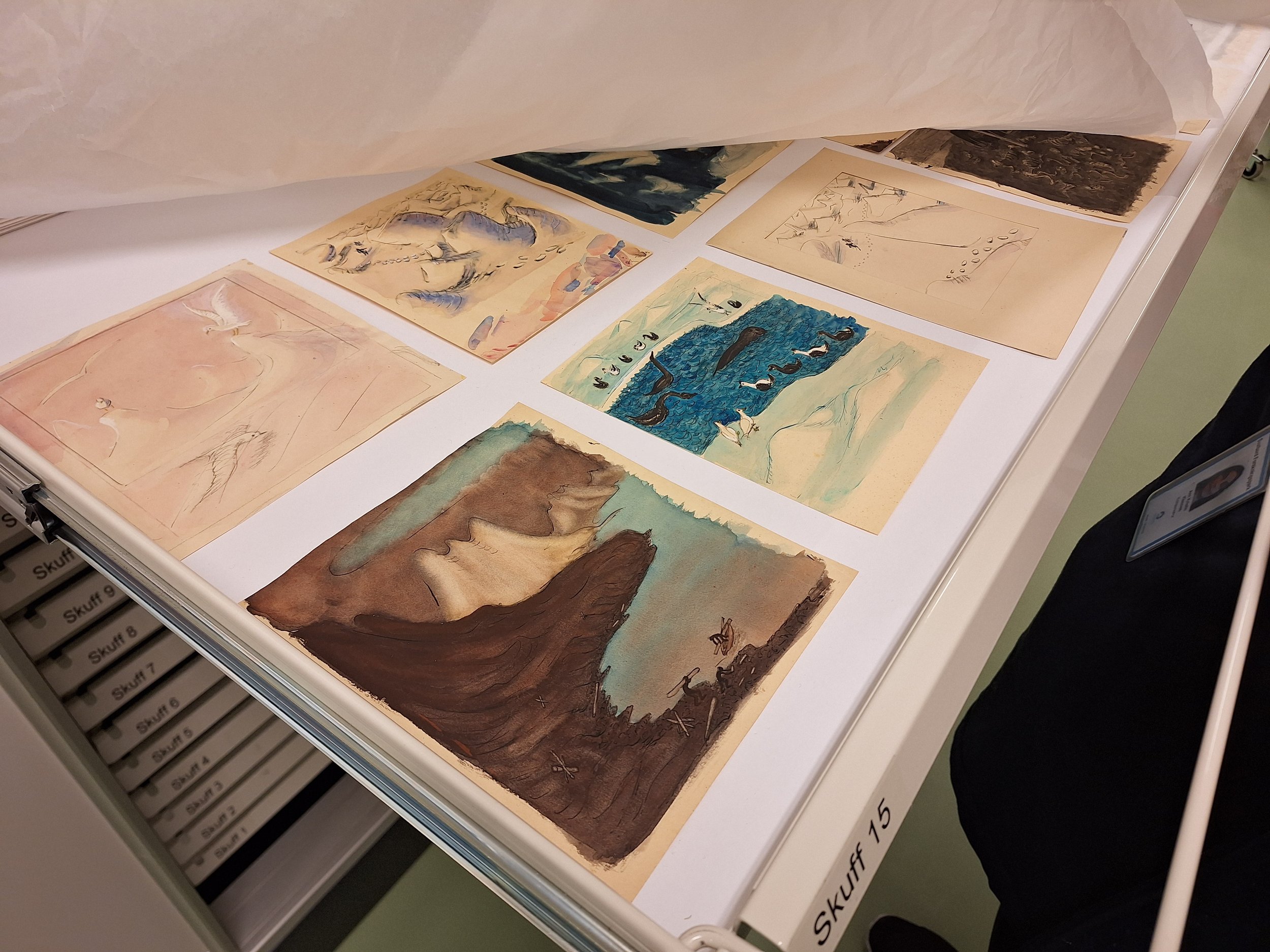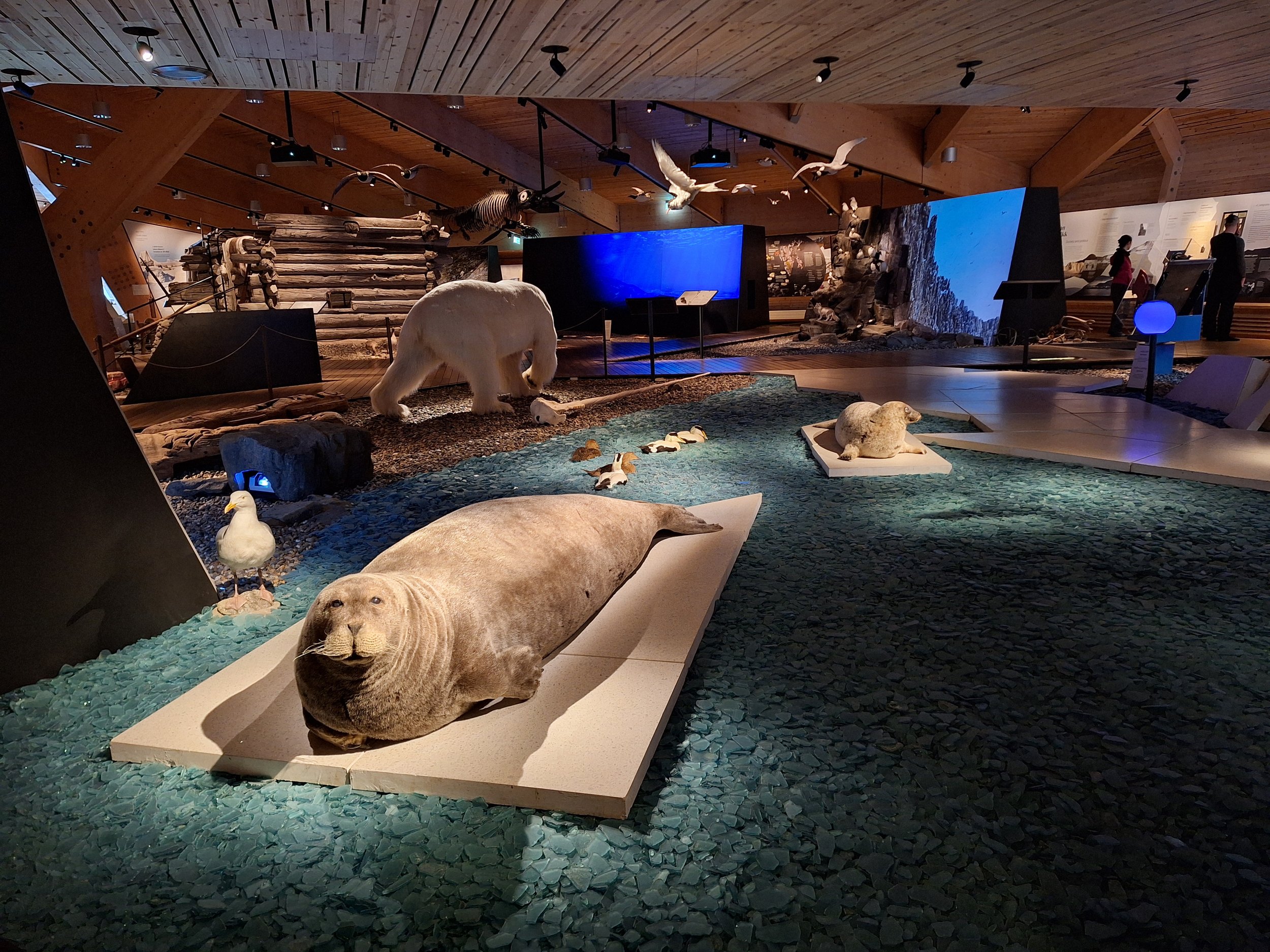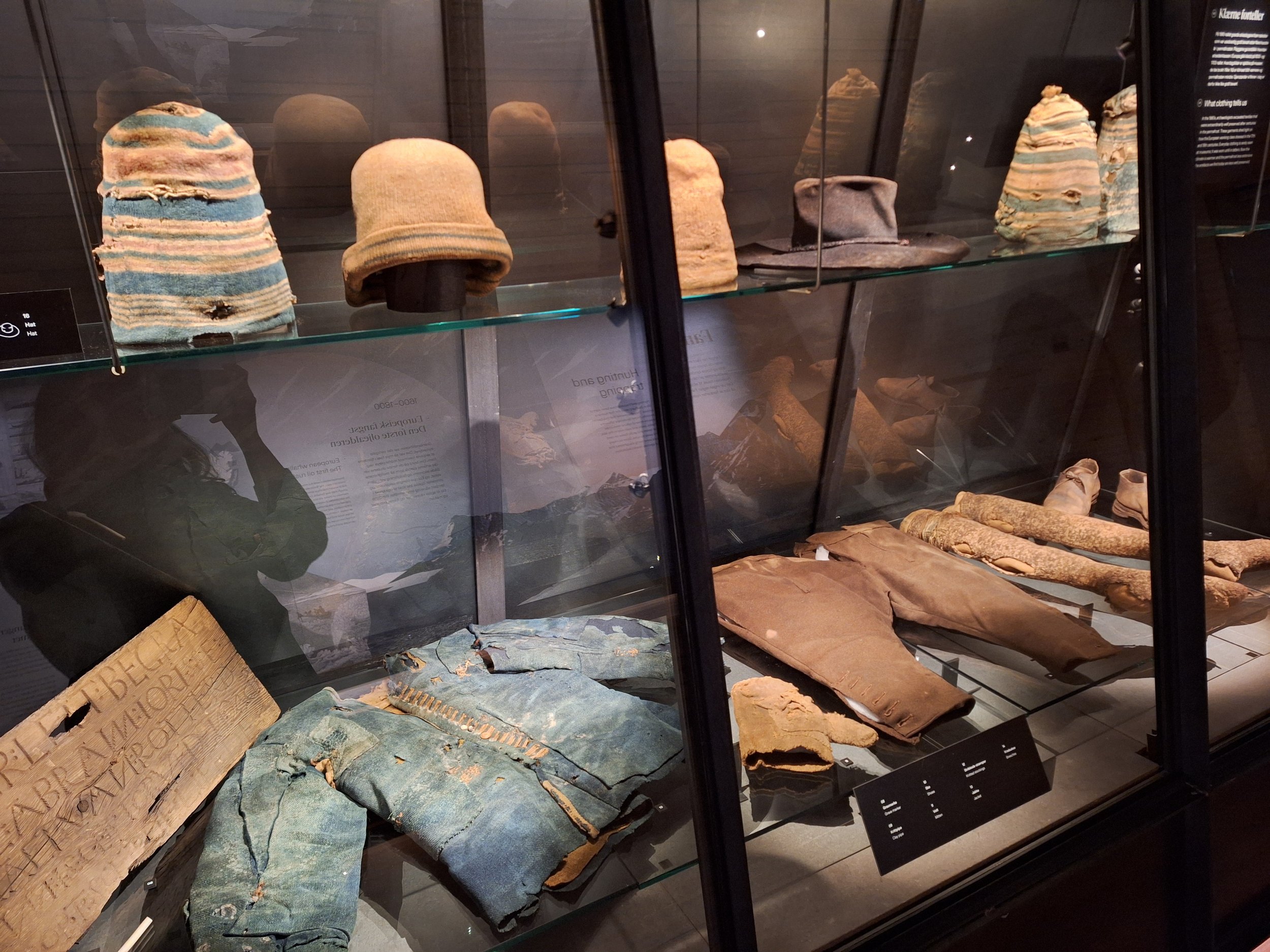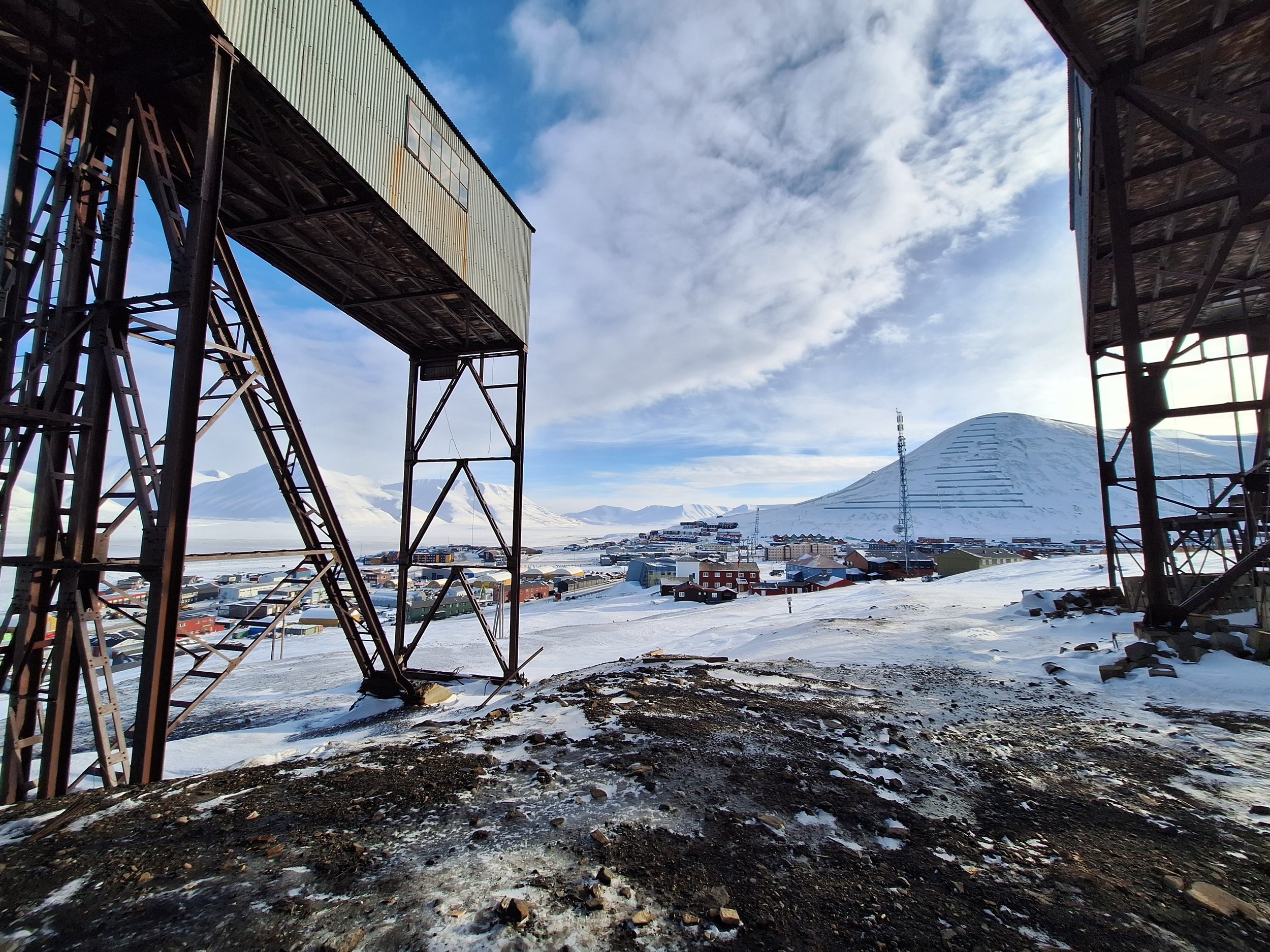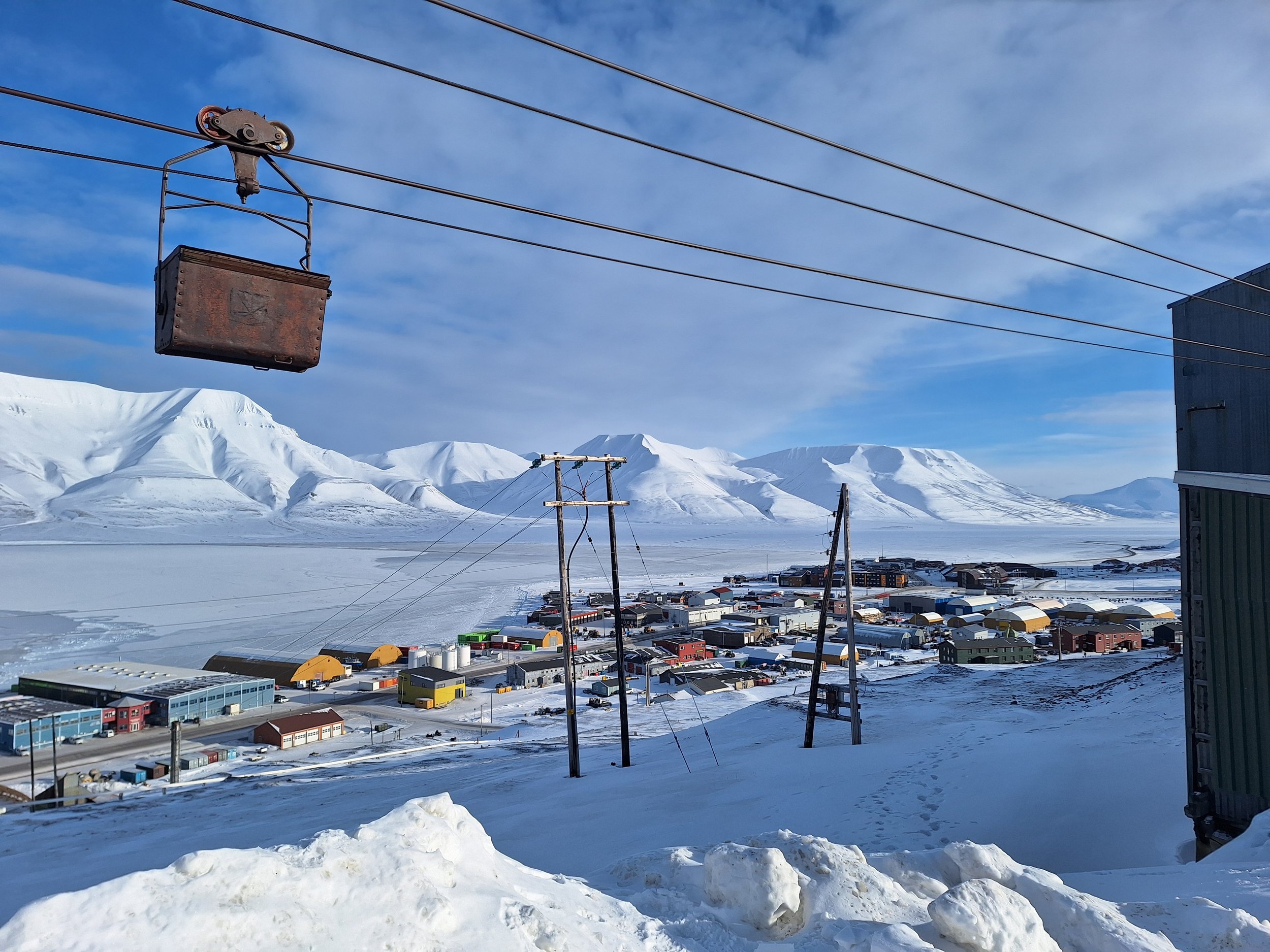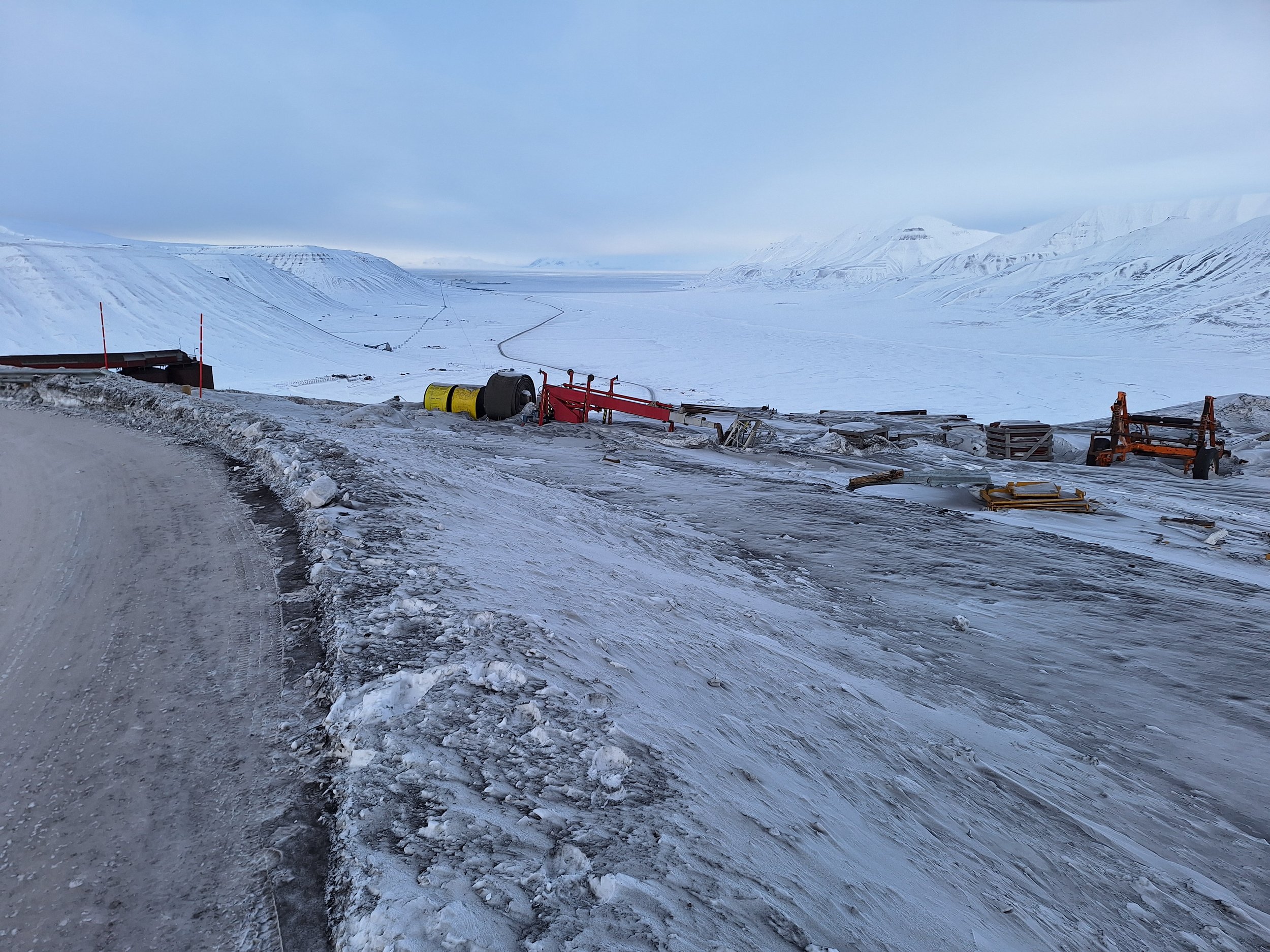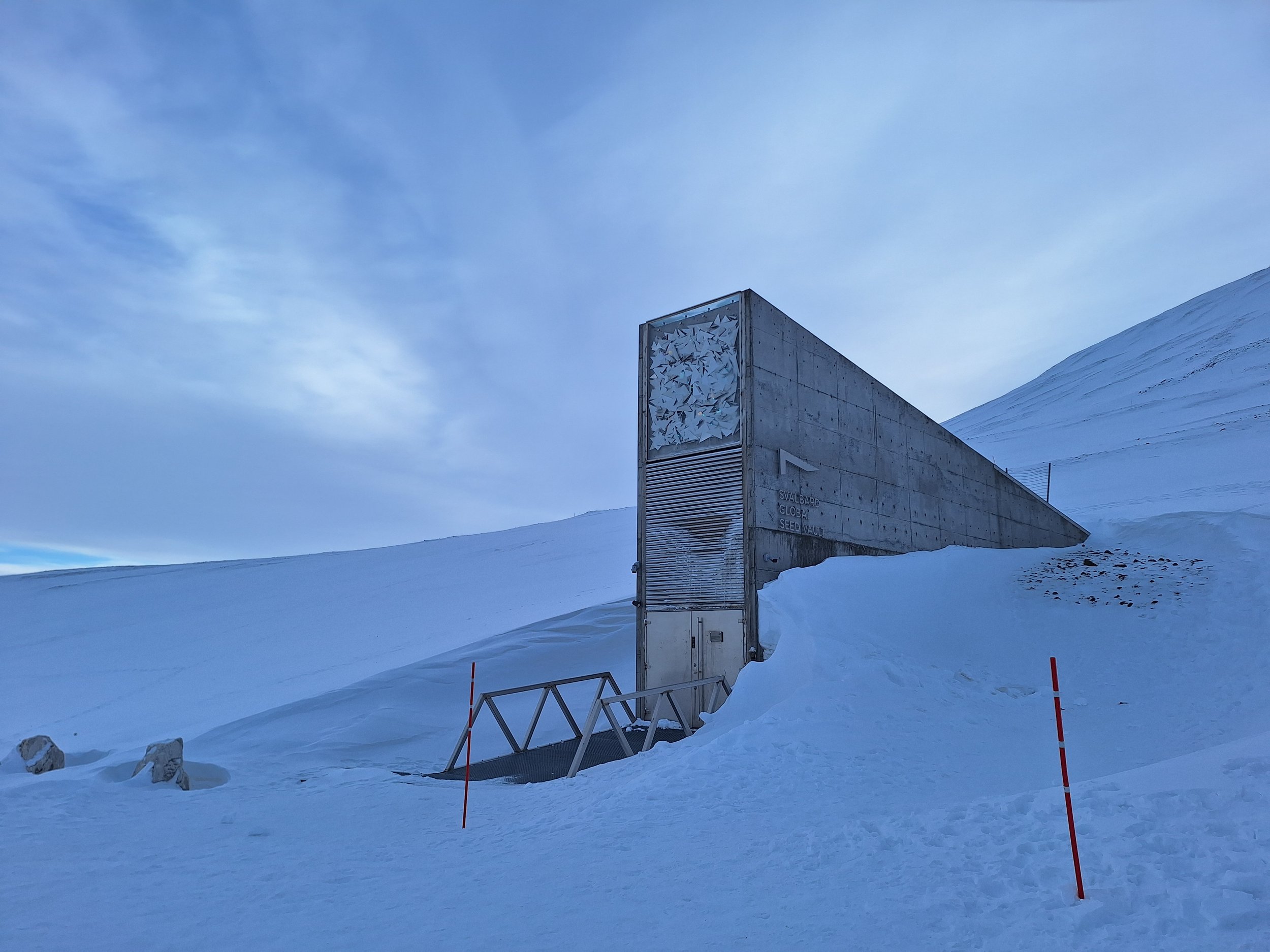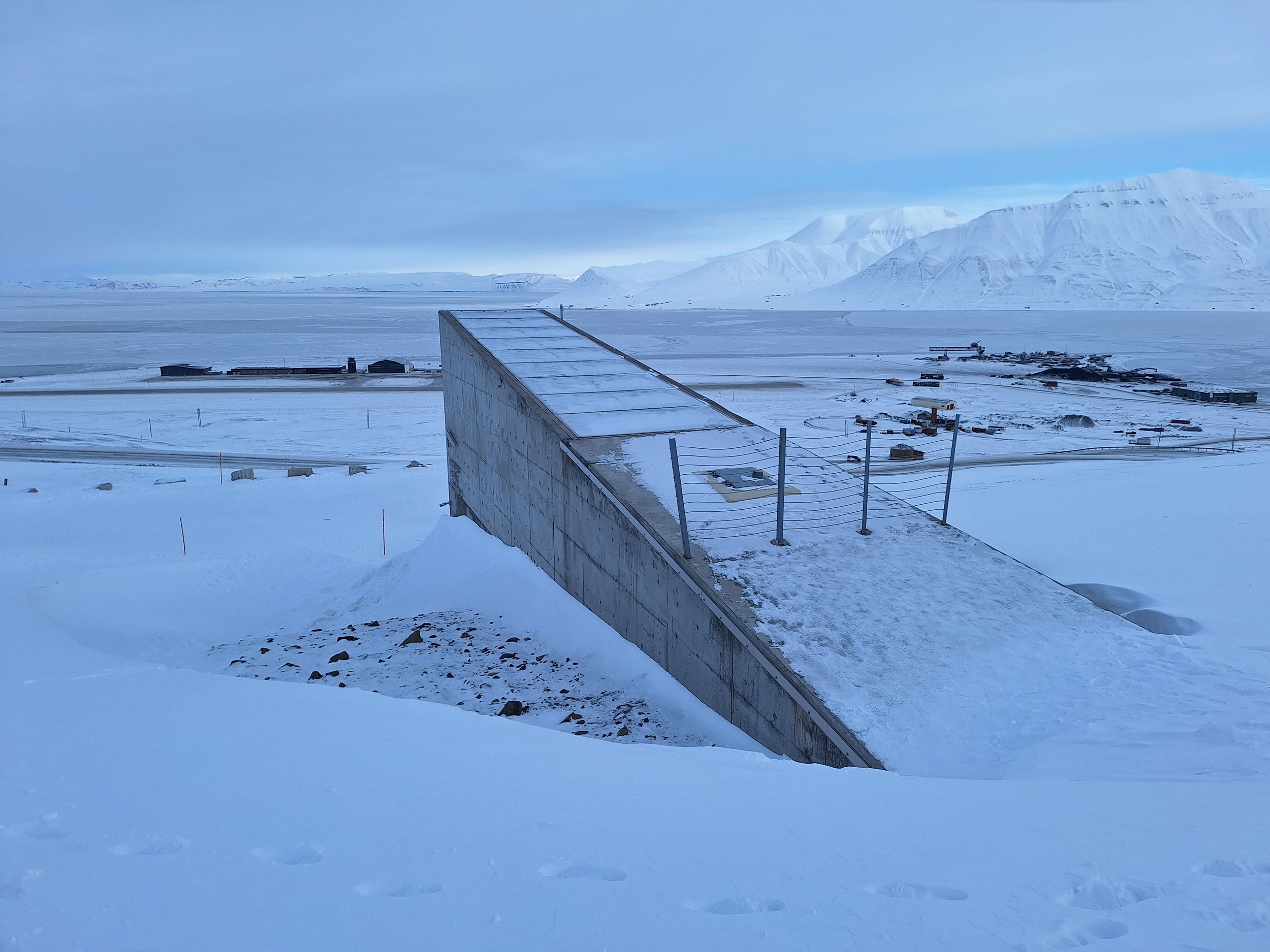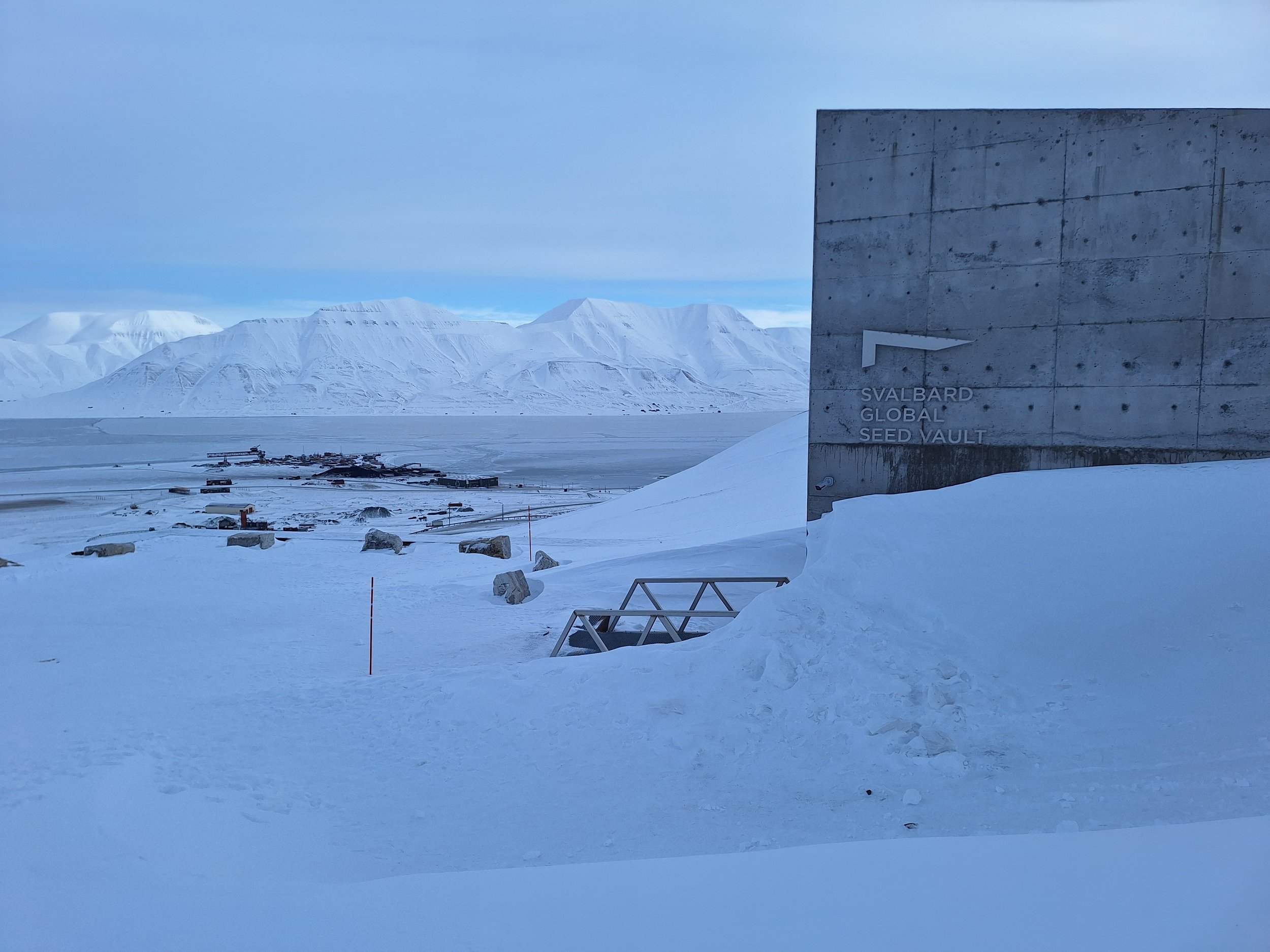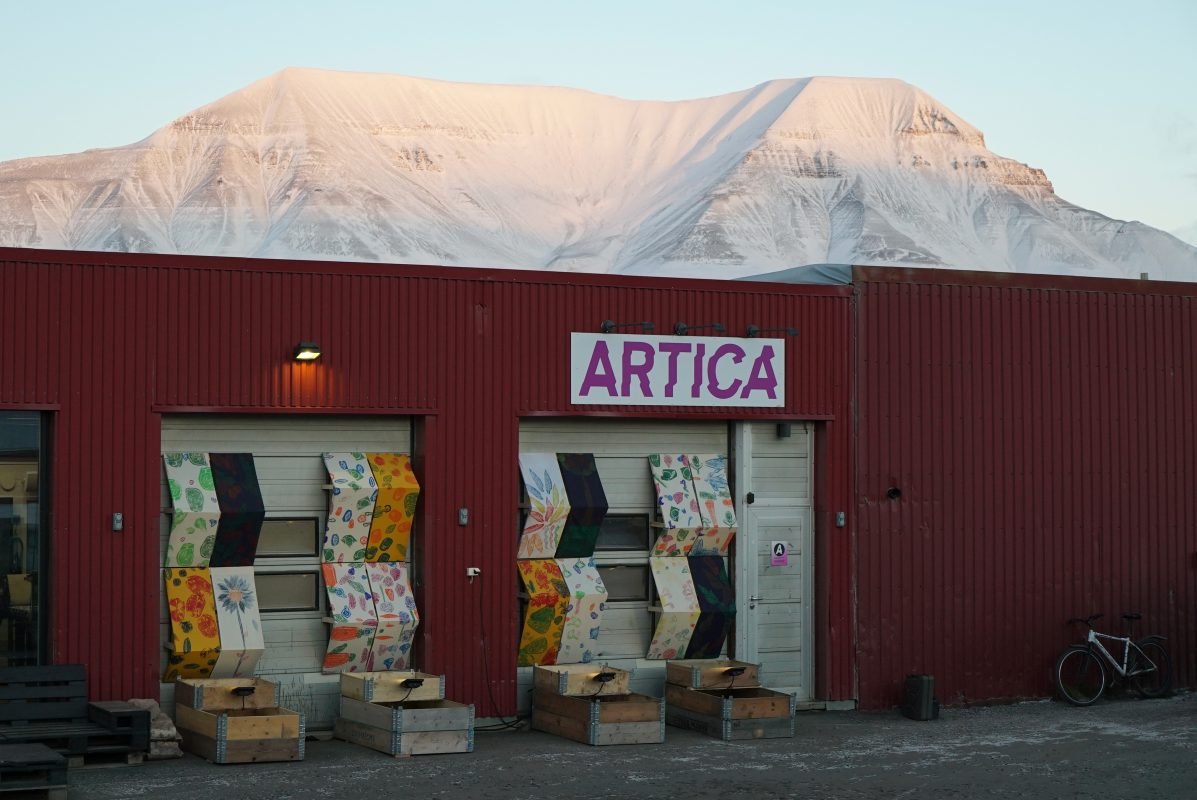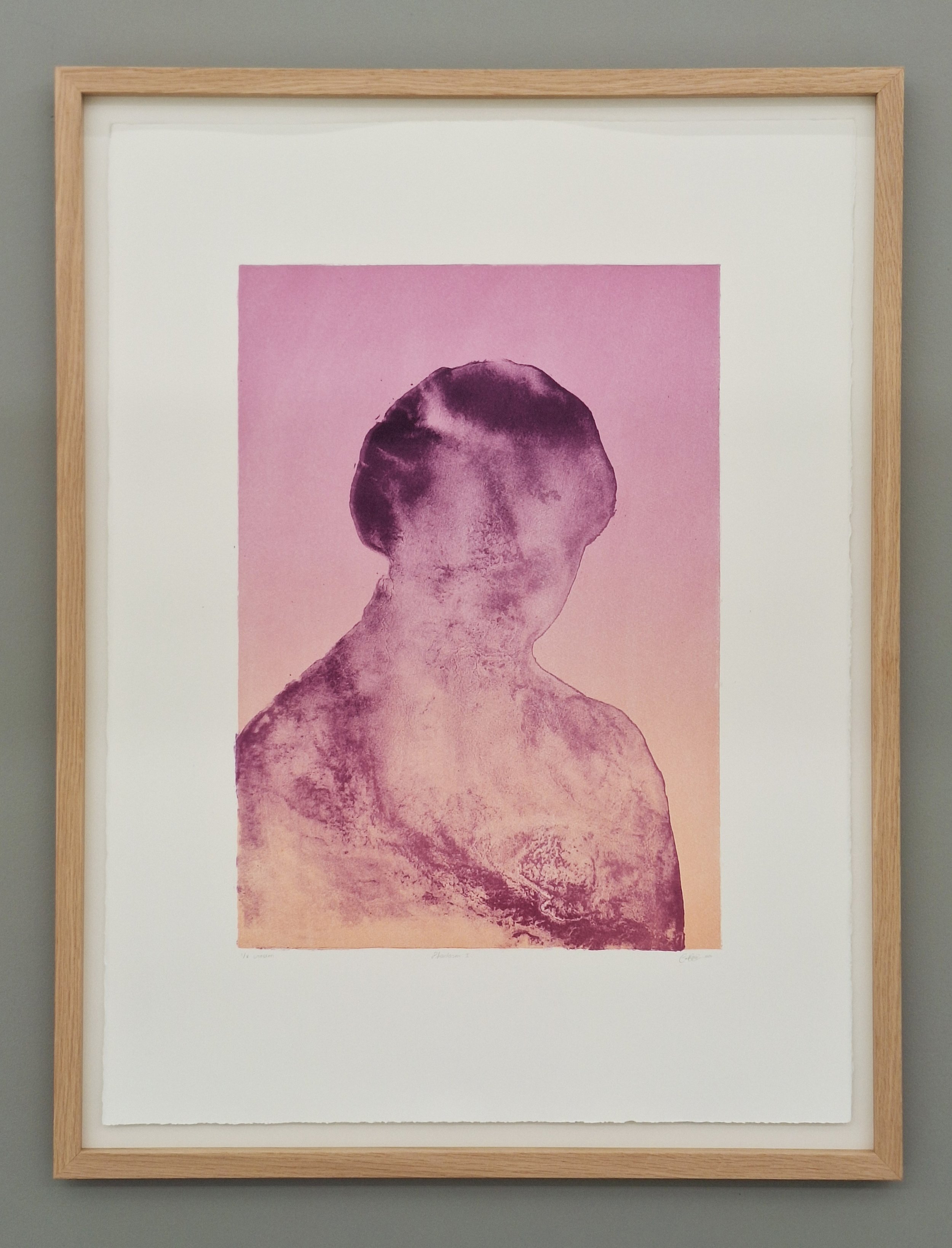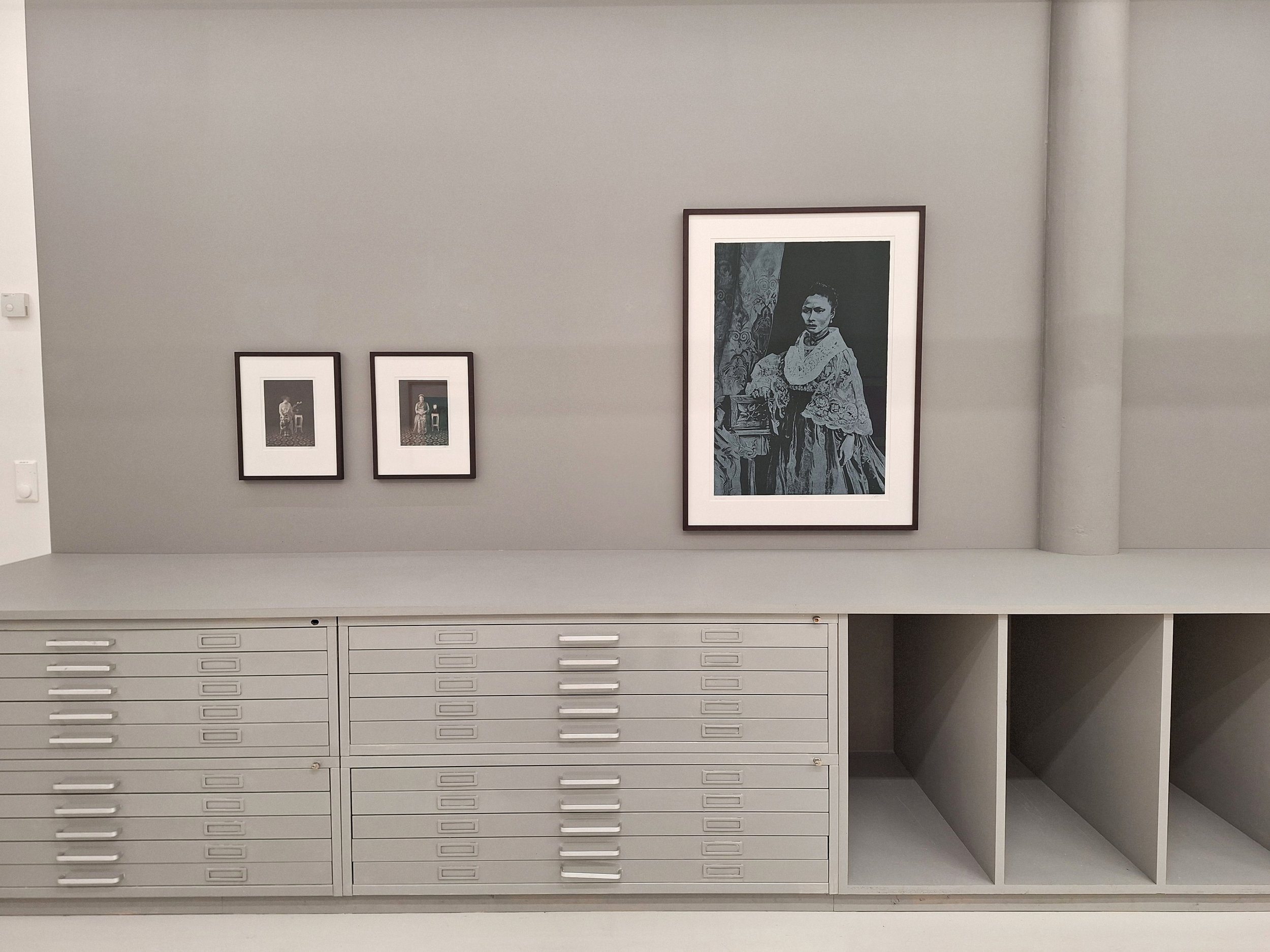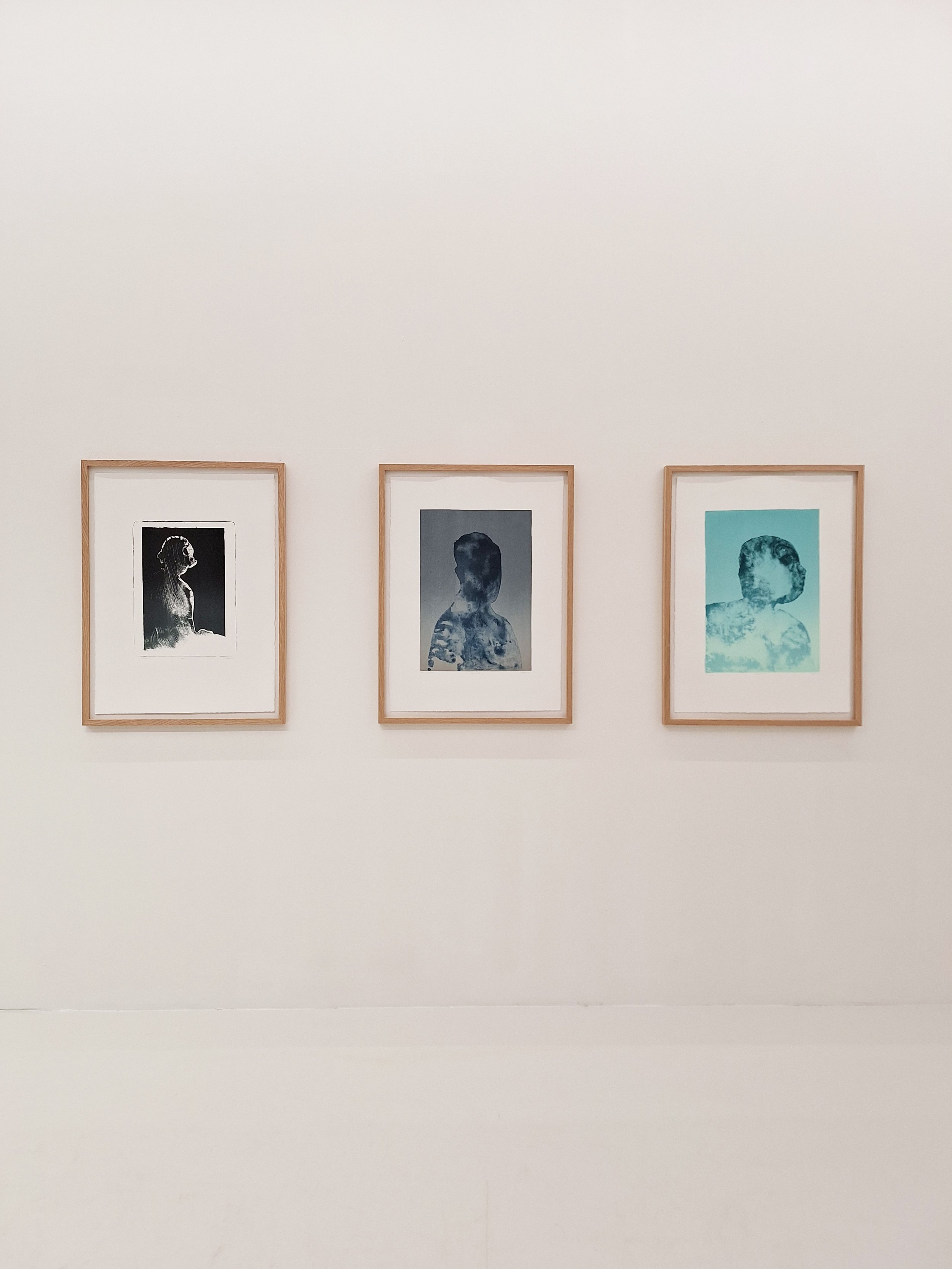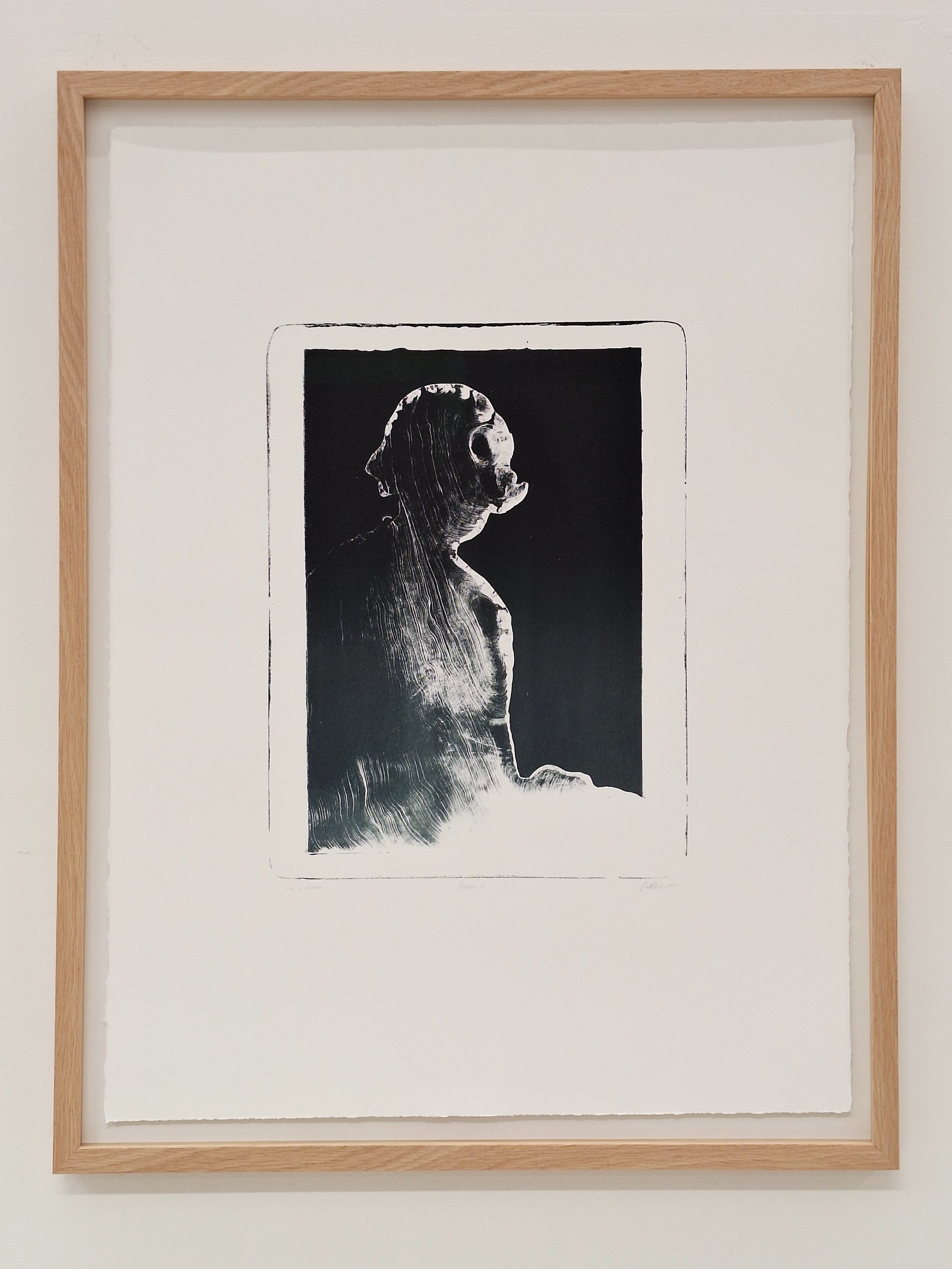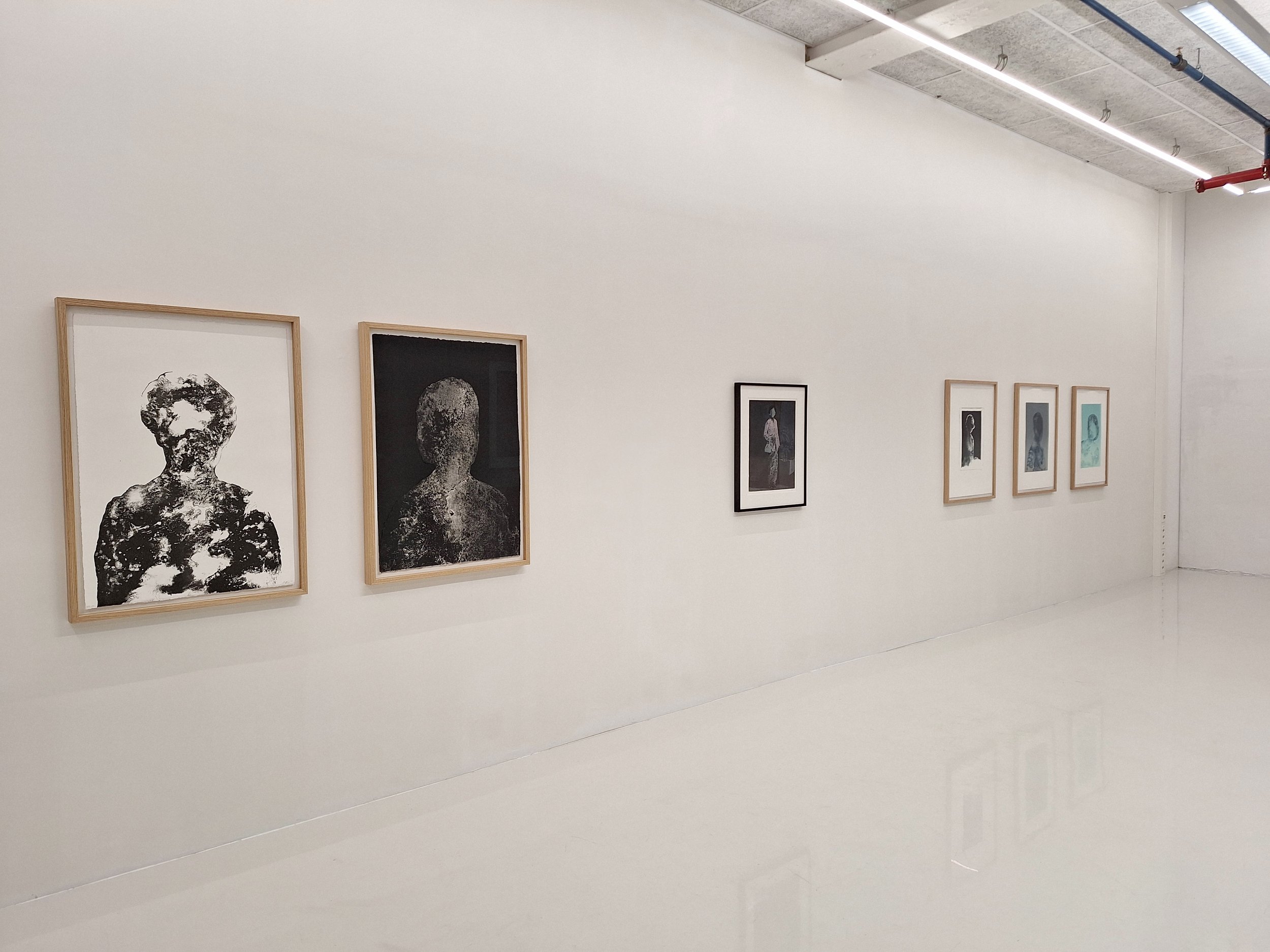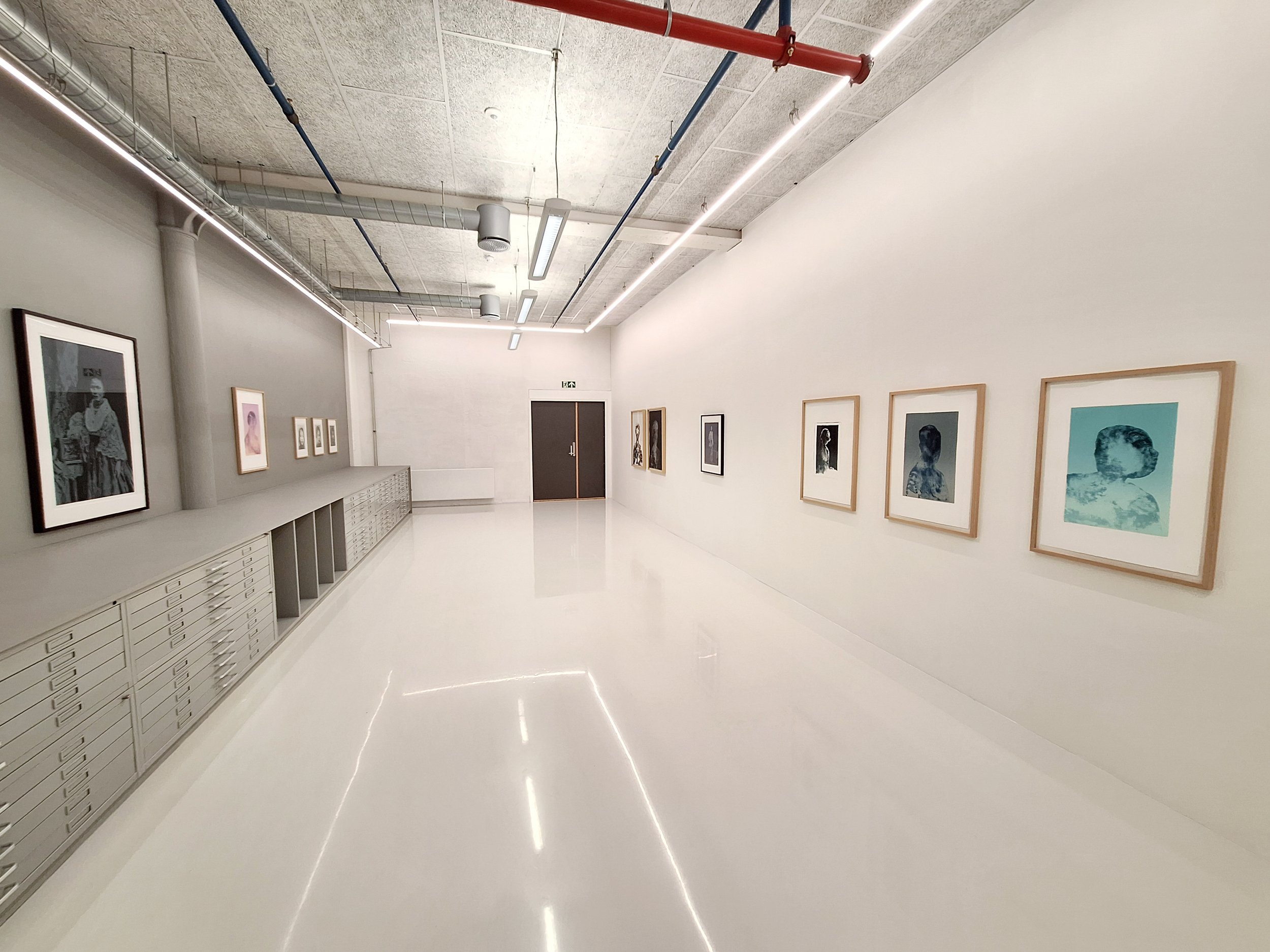Text taken from https://migrantecologies.org/Natural-Histories-Seeding-Stories:
On 10 June 2019, a single grain of wheat from the interior of a 133-year-dead, 4.7 metres long, saltwater crocodile shot in 1887 at the mouth of the no-longer-existing Serangoon River in Singapore and kept for over a century in the Raffles Museum, migrated to the Arctic circle. Migrant Ecologies Project artist Zachary Chan was flown to Svalbard with this very special grain of wheat and a series of other artistic offerings from the Migrant Ecologies Project for a ceremony, in which the works were offered to the mountain and placed to rest in Gruve/Mine 3, next to the Svalbard Global Seed Bank.
Our proposal consisted of regarding this 133-year-dead, saltwater crocodile as a comparative seed bank to the Svalbard Global Seed Vault. But equally important for us has been the discovery of what has become a feral diversity of sources all claiming in different ways that this very crocodile is believed to host the spirit of Panglima (Warrior) Ah Chong, 19th century gangster, Taoist mystic, and anti-colonial freedom fighter.
How might such disparate beings as a wheat grain, a crocodile, and a spirit being, all entangled in the legacies of colonial agro-economies and monstrous dreams of progress, speak to the Svalbard Global Seed Vault in a time of mass extinction and climate change?
Singapore and Svalbard are two islands situated in radically different parts of the globe.
There was, as we know, a violent scramble for natural resources by colonial powers from which Singapore emerged as entrepôt trading post in the 19th and 20th century. And the emergence and increase in attacks by saltwater crocodiles throughout our region can be seen as an ongoing result of the devastating impact of colonial and postcolonial capital on coastal ecosystems.
There is also a potential equivalent scramble for the Arctic commencing right now as China, Russia and America all compete for the precious minerals and sea routes that are being uncovered as the ice melts. Incursions by polar bears into the town of Longyearbyen are also on the rise.
Might Svalbard become the Singapore of the 21st century? And if so, what kind of worlds might this new entrepôt inherit?
Lots of food for thought.

